|
Last week I introduced readers to our new Mount Olivet Monument Hall of Fame through our “Stories in Stone” blog. One of the seven inductees (of the inaugural 2021 class of monuments) is that of the John Henry Williams family, and we refer to it as the Williams’ “Mourning Woman” Monument. This can be found in Area R/Lot 103-106, and clearly stands out because of an iconic statue. Mr. Williams (1814-1896) was a banker and his family home is the same that today houses Federated Charities as it was bequeathed by the family for just that reason. Like the Williams "eternal home" here at the cemetery, you may better know the "mortal home" of the Williams because of another iconic statue. This would be the site where the iron dog (nicknamed “Charity”) adorns the front porch at 22 South Market Street in downtown Frederick. John H. Williams' wife Eleanor Shriver (1814-1892) and three of his children reside in this burial plot which features a large central monument in the form of a sarcophagus. It is topped with a bowed woman caught in the act of mourning, while down on one knee. She has her head in her left hand, while her right hand is clutching a wreath. Adorned in ancient Greek attire, the female included as part of this monument is a commonly found example of cemetery iconography. In Victorian era times, women were often portrayed as the mourners of the human race, the ones expected, and allowed, to express emotions. It is their presence in the cemetery that connotes sorrow and grief at the loss of a loved one. Meanwhile, the laurel wreath dates back to Roman times when soldiers wore them as triumphal signs of glory. The laurel was also believed to wash away the soldier’s guilt from injuring or killing any of his opponents. In funerary art, the laurel wreath is often seen as a symbol of victory over death. According to the website Gravelyspeaking.com, a description is given for a replica of this monument design involving a mourning woman clutching a laurel wreath. Apparently the mourning figure represents Niobe, the Greek mythological Queen of Thebes. “Niobe had fourteen children (the Niobids) and taunted Leto, who only had two children, Apollo and Artemis. In his rage he sent his two children to avenge the slight done to him by Niobe striking out at what was most dear to her. Niobe, became the symbol of mourning when Apollo slaughtered her seven sons and Artemis killed her seven daughters. As one version of the story goes, upon seeing his dead fourteen children, Amphion, the King of Thebes, committed suicide. Her grief was so powerful that tears flowed ceaselessly from her forming the River Acheloos. Niobe was so stricken with grief that she fled to Mount Siplyus, near Manisa, Turkey, where she turned to stone.” I was hoping to find a direct correlation as to the Williams choice of this funerary character, thinking perhaps the parents lost a child (or children) at a young age, or that they simply predeceased them. That wasn’t the case as son Henry died at 80 in 1918, and daughter Margaret Janet Williams died at age 77 in 1922. I was already familiar with Margaret Janet Williams, as I had written about her a few years back in conjunction with a story written in 2018 about the founding women of the Frederick Chapter of the National Society, Daughters of the American Revolution. “Jennie” Williams, as she was more commonly known, was born in 1844 and never married. She was a charter member of the Frederick DAR group begun by another, nearby Mount Olivet occupant, Betty Maulsby Ritchie in 1892, and served as the group’s first corresponding secretary. I was familiar with Jennie’s mother’s family, the Shrivers, as they have appeared in a few different writings in my past and once had a family burying ground near the southwest intersection of N. Bentz Street and Rockwell Terrace. In case you were wondering, most of these family members are a stone’s throw south of the Williams’ plot, as they were reinterred to Area MM earlier in the 20th century. I didn’t know much about Jennie’s father and brother, except for the fact that both were successful in banking. Thanks to another man who shared the family name, T.J.C. Williams, I was able to learn a considerable amount about the family through a biography on Henry that appears in the History of Frederick County, Maryland, published in 1910. I include it here for your reading pleasure: “Henry Williams, one of the best known and most influential citizens of Frederick County and formerly president of the Central National Bank of Frederick City, Md., was born in that city, October 26, 1837. He is a son of John H. and Eleanor (Shriver) Williams. Henry Williams, the grandfather of Henry Williams, was a native of Pennsylvania, where he was born in 1742, and died in Frederick, Md., in 1820. He was of Scotch-Irish antecedents, and emigrated from Pennsylvania to Frederick County, Md., among the early settlers. At the outbreak of the Revolutionary War he was living near Emmitsburg, and organized and became Captain of a company from Frederick County that served throughout the struggle. He was one of the leading and most prominent citizens of the county in his day, and was held in high esteem. In politics, he was a staunch adherent and active supporter of the Federalist party. In a religious way he was connected with the Presbyterian church in which he was an active and consistent member. Mr. Williams was married to Jeannette Witherow, who was also of Scotch-Irish origin. They were the parents of only one son, John H. John H. Williams, son of Henry and Jeanette Williams, was born near Emmitsburg, Frederick County, MD., in 1814, and died November 11, 1896. He was reared in the neighborhood of Emmitsburg, where he received his elementary education. He attended Jefferson College, Canonsburg, Pa., from which institution he was graduated in 1834. He then began the study of the law in Frederick City under William Schley, Esq., and was admitted to the Frederick County Bar. As a lawyer, Mr. Williams was entitled to high regard. He enjoyed a large and influential clientele, and represented many of the most important interests of the county. His legal ability was unquestioned, and he made his mark in the profession that he had so aptly chose as his work in life, winning for himself the regard and admiration of all who knew him. In every instance he was noted for the skillful manner in which he safeguarded the interests of his clients. Beginning in 1836, Mr. Williams was also for many years editor of the “Frederick Political Examiner,” and won high rank in the journalistic field. For over forty years, he was connected with the Frederick County National Bank, and at the time of his death, was serving as its president. While in this position, he directed the affairs of the institution with a foresight and financial ability that stamped him as a man of high executive capacity. In politics, Mr. Williams was at first identified with the old-line Whig party, but upon the organization of the Know-Nothing party, he became an adherent and active supporter of the Democratic party, with which he remained until his death. In religion, he was for many years an active and devoted member of the Presbyterian church. In 1836, Mr. Williams was married to Eleanor Shriver, daughter of Judge Abraham Shriver, who was judge of the Circuit Court of Frederick County for forty years. John H. and Eleanor Williams were the parents of two children: Henry and Margaret Jeannette, who reside in Frederick." The Williams family possessed two fine homes in Frederick that still stand today. John purchased a fine townhome at 22 S. Market Street in 1852. In 1881, he built a summer cottage west of town at the foot of Catoctin Mountain along the Old National Road leading up to Braddock Heights. This neighborhood is known as Fairview, and the Williams would name their cottage "Highland." Henry Williams Henry Williams received his elementary education in private schools. He then attended the University of Virginia and later Yale College, New Haven, Conn. After completing his studies, he became a clerk for Alexander Murdock & Company, commission merchants, with which firm he remained for five years. In 1863, Mr. Williams enlisted in Company A, 33rd Texas Cavalry, Confederate, and served in the Valley of the Mississippi until the close of the war. In 1865, Mr. Williams returned to Frederick, and entered the employ of the Central National Bank as a book-keeper. In 1871, he was promoted to discount clerk, and in 1876 he was made assistant cashier. Two years later, he was chosen cashier, and served in that capacity until 1897, when he was elected president of the institution. He retained the latter position until 1905, when he resigned, and has since lived in retirement. As the head of a flourishing financial institution, he won high repute for the able manner in which he directed its affairs, and became one of its best known financiers of this part of the State. His methods were always characterized by the highest principles, and he commanded the respect and confidence of business and financial circles generally. Mr. Williams is one of the best-known citizens of the county, and is held in high esteem by all who know him. He is a director of the Maryland School of the Deaf and Dumb, and a member and treasurer of the executive committee. In politics, Mr. Williams has for the last fifteen years been a staunch adherent and supporter of the Jeffersonian Democracy, but has never aspired to public office. Fraternally, he is a member of Frederick Lodge, No. 684, Order of Elks. He is affiliated in a religious way with the Presbyterian church. Mr. Williams was married in 1871, to Henrietta Marian Stokes, daughter of Robert Y. and Henrietta D. (Tyler) Stokes of Frederick City. Robert Y. Stokes, who died in 1874, was for many years president of the Central National Bank.” Henry and Henrietta lived most of their adult lives in the vicinity of Court Street. In 1880, Henry lived in Carlin's City Hotel and in 1900 directly in front of the old Frederick County Courthouse (today's City Hall). In 1910, the couple resided in the Park Hotel, now the site of a parking lot at the intersection of Court and Church streets. The Williams Family at Mount Olivet Eleanor C. Williams died March 8th, 1892. Her obituary reports that she was originally buried in the earlier mentioned Shriver Burying Ground off N. Bentz Street. Four burial lots would eventually be purchased in Area R (Mount Olivet) on March 11th, 1894, and the body of Mrs. Williams was reinterred here on December 17th, 1894. This is possibly the time that the monument was placed on the site, or perhaps it came with the death of husband John H. Williams on November 11th, 1896. The children of John and Eleanor would join them here within the next three decades. Jennie (Margaret Janet) died at age 77 on April 8th, 1922. Brother Henry had died four years earlier on January 2nd, 1918. His widow, Henrietta, would join him here upon her passing in January, 1926. More information about the Williams and the former Williams’ home at 22 S. Market Street can be found on the Federated Charities website, including a few photographs of how the home appeared in the early 1900s upon the time of Jennie’s death. The 1919 Annual Report of Federated Charities contains the first mention of a bequest of the 22 South Market Street building from the estate of Margaret Janet Williams. Miss Williams stipulated that her home be used, “in the service of the people of Frederick.” The original structure was built in 1820 by Edward Goldsborough and it was subsequently owned by Henry Schley and John H. Williams and then his daughter, Margaret. Family photographs show a well-loved home, filled with animals, art and a late Victorian sensibility. The building has been cited as “an extremely rare example of a 19th century urban form: a domestic complex consisting of a high-style residence connected to support structures,” by the Maryland Historic Trust. It is the only known such complex remaining in Frederick from the mid-to late 19th century, and it is also a rarity in Maryland. Federated Charities took possession of the building in 1930 along with a small endowment, and a number of antique furnishings and art pieces and began to fill its spaces with the kinds of programs that benefited a wide range of Frederick’s citizens as the city continued to expand. As for “Charity” the dog, he was installed on the front porch of the home in 1858 by John H. Williams. Apparently he paid $45 for the statue, and an additional $5 for its marble base. Purportedly a Chesapeake Bay Retriever, “Charity” as he was named in 1989, is made of zinc and pewter and was cast during a time period where decorative statuary of this kind was a sign of influence when installed on a private home. An apocryphal story is that Mr. Williams’ placed the dog strategically to prevent inebriated party attendees from falling off the family’s porch. I like that tale as I’m sure many have experienced a later need for the “hair of the dog” after a long night at neighboring “Wag’s” Restaurant and Bar. I certainly have myself, in younger days of course! Over the years, both the tail and the head of the “Charity” statue have been broken off by vandals, including once in 1946 by two soldiers who were stationed at the German POW camp located west of Frederick. Each time the pieces were reinstalled and in 2005 the tail was rebuilt in a downward oriented position in order to stabilize it. Federated Charities annual ART of the Dog event, celebrates Charity’s steady presence as a symbol of what this non-profit organization has continued to represent in the Frederick community for over a century. We can thank the Williams family and the story of their unending "charity" is a big part of this legacy. The author would like to dedicate this week's story to Mr. Ron Harbaugh, who passed away suddenly earlier this week. Ron was a loyal reader and supporter of "Stories in Stone" since its inception in 2016. Rest in Peace my friend.
1 Comment
A structure housing memorials to famous or illustrious individuals usually chosen by a group of electors. This is the definition Merriam-Webster offers for a “hall of fame.” There are plenty of national “halls of fame,” the most famous perhaps being those related to professional sports and music. Cooperstown, New York is synonymous with baseball and Canton, Ohio professional football. Just up the road in Cleveland, one can find the Rock n Roll Hall of Fame. Fittingly, Nashville, Tennessee is home to the Country Music Hall of Fame, but did you know that a two hour ride southeast on I-24 would bring you to Chattanooga to enjoy the wonderment and majesty of the International Towing and Recovery Hall of Fame and Museum?—Talk about “wrecking” a vacation! I was inspired to seek out more “Halls of Fame” across the country. I know it’s late in the summer at this point, but here’s a unique list of ten places that you may (or may not) have interest in making a pilgrimage to in the future: *The International Bowling Museum and Hall of Fame (Arlington, Texas) *National Inventors Hall of Fame (Alexandria, Virginia) *Freshwater Fish Hall of Fame (Hayward, Wisconsin) *Pinball Hall of Fame (Las Vegas, Nevada) *National Mining Hall of Fame (Leadville, Colorado) *Robot Hall of Fame (Pittsburgh, Pennsylvania) *The Burlesque Hall of Fame (Las Vegas, Nevada) *National Barber Museum and Hall of Fame (Canal Winchester, Ohio) *National Toy Hall of Fame (Rochester, New York)  No offense to the others, but I’d really consider making a trip to see the Toy Hall of Fame in Rochester. I’m suddenly reminded that I had a “poor man’s version” of this repository in my childhood home basement. It came to light back in 2004 as my brothers and I were tasked in clearing out said house after the death of our father. The shelves of our unfinished basement were still filled with the likes of old board games (eg. Monopoly, Chutes and Ladders, Battleship, Candyland, Stratego), novelty lunchboxes, Matchbox and Hot Wheels Cars and track, GI Joe dolls, Fisher Price playsets, Tonka Trucks, Evel Knievel stunt sets, HO gauge trains and electric slot cars set-ups, Wacky Packages Trading Cards/stickers, Rock’em Sock’em Robots, Star Wars figures, and the first handheld electronic gadgets such as Mattel Electronic Football and early video game consoles such as Intellivision and Colecovision. As a final note, I don’t mean to brag, but I had two vibrating, electronic football boards and all 28 NFL teams from my youth. Yes, those were the little plastic figurines that moved thanks to a vibrating tin field beneath their bases, and it was a regular occurrence to see guys going in circles or figure 8’s while the linebackers seemed to be doing more square-dancing than “tackling” ballcarriers. The most memorable part of the experience was the ear piercing buzz and hum. Hey, “It was what it was”—a far cry from the realistic quality of today’s Madden NFL video game series my boys grew up playing. Back in 2017, we launched the Preservation and Enhancement Fund of Mount Olivet Cemetery, a 501 © (3) nonprofit entity with a goal of showcasing and securing our amazing cultural landscape which is a unique blend of nature, art, architecture and the human condition. With the assistance of cemetery staff and our Friends of Mount Olivet membership group (begun in Spring, 2020), our mission is to preserve our historic records, on premises house and chapel structures and, most noticeably, thousands of vintage gravestones and monuments. Our hope is to educate visitors and Frederick residents alike by sharing the fascinating background of Mount Olivet and those who reside in it, numbering over 40,000. The “Friends” group is active in related activities designed to generate enthusiasm in not only history research and gravestone preservation, but continued fundraising and spreading community awareness of our special place through engaging and entertaining educational programs, special events and anniversary commemorations. Along those lines, I thought about forming a Hall of Fame—a Mount Olivet Hall of Fame. As the definition at the onset specifically mentions that Hall of Fames consist of a collection of memorials to famous or illustrious individuals, its easy to see that we are already there “so to speak” as our grounds boast memorials to the over 40,000 already buried here. I’ve appropriately touted this place as a “museum without walls” and this definitely drives home my point. In talking with colleagues and other members of our Friends group, we found it best to frame the new “Hall” on the monuments, themselves, and not specifically on the person (s) buried beneath. The cover photo for this story at the top is from The Hall of Fame for Great Americans, an outdoor sculpture gallery located on the grounds of Bronx Community College in the Bronx, New York City. Completed in 1900, It is the first such hall of fame in the United States and part of the University Heights campus of New York University. Designed by the famed architect Stanford White, a 630-foot stone colonnade half-encircles the university library and houses 98 bronze portrait busts of a number of prominent Americans. Interestingly, the photo at the onset of this story captures inductee and inventor Alexander Graham Bell, he of telephone fame and fortune. Mr. Bell and his wife, Mabel (the original “Ma Bell”), actually visited Frederick in April, 1915. While here, they visited Mount Olivet and we know they specifically paid homage to Francis Scott Key and Barbara Fritchie at their respective gravesites. So back to our, new Hall of Fame, it is the above-ground masterpiece of art and craftmanship that provides the criteria for consideration, nomination and election to the newly launched “Mount Olivet Monument Hall of Fame.” The “structure” and memorials are already in place, some have been for well over a century and a half. A new component will soon appear in the form of a virtual gallery on the MountOlivetHistory.com site. The inaugural class of recipients was announced, by way of a walking tour, at our first annual Friends of Mount Olivet picnic held on August 21st, 2021. A nominating committee within of Friends Group will handle the honors in future years, however, we thought it would be fitting for the first group of inductees to our “Hall of Fame” be chosen by an individual who has the unique distinction of having spent more time within Mount Olivet alive than any other human being in history. This would be John Ronald “Ron” Pearcey, our Superintendent. Ron originally came to work here in 1966, and he revels in telling visitors that he prides himself on waking up in a cemetery each and every day. So, with no further ado, I present to you, the reader, the inaugural class of 2021 for the Mount Olivet Monument Hall of Fame. Francis Scott Key Monument Location: Star-Spangled Plaza Date of Placement: August, 1898 Decedents: Francis Scott Key and Mary Tayloe (Lloyd) Key In mid-August 1898, this monument was unveiled amidst great fanfare. It took over three decades of fundraising, but the achievement would be heralded in newspapers across the country. This would serve as Francis Scott Key’s third, and (hopefully) final resting place as the “Star-Spangled Banner” author and his wife Mary are encased in a vault built underneath the monument. The New York City studio of Alexander Doyle received the contract to create this lasting memorial to the Frederick native, and a young, Italian immigrant named Pompeo Coppini would be charged with sculpting the figures of Key, and three other allegorical figures consisting of Columbia (signifying patriotism) and two boys (representing music and war). Most interesting is the fact that the sculptor was given the job of artistically styling all four stanzas of Key’s song on a bronze tablet located at the rear of the monument. For many years, this was one of the only locations where the US flag was allowed to fly 24/7. The granite pedestal is comprised of several pieces of granite and stands 18-foot tall. The Key statuette stands 12-foot tall and depicts Francis gesturing toward the US flag as he did at the Battle of Fort McHenry in September, 1814. Barbara Fritchie Monument Location: Area MM/Lot 00 Date of Placement: September, 1914 Decedents: Barbara Fritchie and John Casper Fritchie The second most famous person in Mount Olivet was removed here just like Francis Scott Key. This, of course, is our Civil War heroine, Barbara Fritchie. It is interesting to note that both of these individuals, Frederick’s most famous, became household names because of a song/poem about the US flag under attack by an enemy during wartime. This monument was erected in 1914, after the star of John Greenleaf Whittier’s poem and her husband (John) were relocated here the previous year from their original grave plot in Frederick’s German Reformed Graveyard, a location now known as Memorial Park. The 12-foot tall obelisk is extremely modest and scaled down in comparison to an earlier proposed memorial to be placed at the location in downtown Frederick where the fountain now stands at the intersection of Seventh and Market streets. Bronze pieces are affixed to this large granite shaft, each sculpted by Artist James E. Kelly (1833-1855). These include a profile view of Barbara in the form of a large medallion, along with Whittier’s 1863 poem in its entirety for visitors to read. Gov. Thomas Johnson, Jr. Memorial Location: Area MM/Lot 38 Date of Placement: 1914 Decedents: Gov. Thomas Johnson, Jr. Most gravestones simply include a decedent’s name and vital dates separated by a dash. Unlike the bronze adorations found interspersed with granite for the Key and Fritchie graves, Governor Thomas Johnson’s white marble gravestone boasts a pretty impressive resume ranging from his participation in the Continental Congress and leading troops in the American Revolution to becoming Maryland’s first elected governor and serving as one of the country’s first supreme court justices. Johnson was originally buried in an underground family crypt within Frederick’s All Saints graveyard, once located on the south side of Carroll Creek atop a hill that stands north of East All Saints’ Street. The church sold the graveyard property in 1913, at which time over 300 individual’s remains were removed here to Mount Olivet. Most were reinterred within church purchased lots in Area MM. Sponsored by the Frederick Daughters of the American Revolution, an earlier marker for Thomas Johnson, Jr. accompanied his body here, and is placed in front of the larger memorial created and placed here after his re-interment. The "First" Monument Location: Area F/Lot 12 Date of Placement: May, 1854 Decedents: Mary Louisa and Catharine Elizabeth Norris The history books are a commonly filled with “firsts.” Here at Mount Olivet, research back in the year 2016 helped with the discovery of the first grave monument placed on our grounds. Interestingly, this monument had no connection to our much ballyhooed, "first burial" of Mrs. Ann Crawford in late May, 1854. A beautiful, twin-columned monument of Parian marble had been erected in place earlier that month of May (1854) awaiting its recipients. The first monument in Mount Olivet was a lasting gift from grieving parents who once operated a grocery store in the first block of West Patrick Street. Basil and Jane Norris felt that the new, garden cemetery on the southern approach of town would be a more fitting resting place for two young daughters who had died earlier in the decade. Seventeen year-old Mary Louisa Norris and sister Catherine Elizabeth Norris (aged 23) would both die in 1851, and were originally buried in Frederick’s All Saints’ graveyard. They would be re-interred in Mount Olivet’s Area F on June 21st, 1854. The Clarke Obelisk Location: Area H/Lot 19 Date of Placement: 1902 Decedents: Gen. James C. Clarke, Susan Clarke and sons Horace W. Clarke, Wendall B. Clarke and daughter Sarah L. Gunn The obelisk is a famous design dating back to ancient times, and beckons many to recall their first sight of the famed Washington monument in the nation’s capital. A tall, 25-foot, four-sided narrow tapering monument of this style can be seen occupying it’s own little island (Area H/Lot 19) just outside the Key Chapel near the front of the cemetery. This marks the gravesite of Gen. James C. Clarke (1824-1902) and family. An American transportation pioneer, Clarke headed railroad companies during the early heydays of the industry. His employers included the Baltimore & Ohio, the North Central, Erie, Illinois Central and Mobile & Ohio. He also served as president of the Chesapeake & Ohio Canal from 1870 to 1872. Nearby, Clarke Place, a block north of our front gate, is named in his honor. "Ordeman's Anchor" Monument Location: Area A/Lot 120 Date of Placement: after 1889 Decedents: Capt. H. D. Ordeman, Catherine Ordeman, et al. When spotting an anchor in a cemetery, don’t assume the person occupying the grave was simply a mariner, fisherman or Navy veteran. The anchor, because of the great importance in navigation, was regarded in ancient times as a symbol of safety. Christians adopted the anchor as a symbol of hope in future existence, and gave a new and higher significance to a familiar emblem. However, in this particular case, the former assumption would be correct after all because this is the final resting place of Herman Dietrich Ordeman, a sea captain from Bremen, Germany born in 1812. Capt. Ordeman made regular trips piloting boats from his native home to United States for decades. He had made his American home in Baltimore. Upon retirement in 1856, he removed to Frederick and resided in the area of Park Mills (southeast of Frederick City). His beautiful monument is adorned with the pre-mentioned anchor, but also includes an incredible etching atop its granite face featuring a facsimile of his trusted sailing vessel, the Aleyandria. Ordeman died in 1884. and it is thought the monument was placed after the death of the seaman's wife, Catherine who died in 1889. Williams "Mourning Woman" Monument Location: Area R/Lot 103-106 Date of Placement: c. 1892 Decedents: John H. and Eleanor (Shriver) Williams, son Henry D. Williams and wife Henrietta (Stokes), daughter Margaret Janet Williams Ron Pearcey says his "sentimental favorite" when it comes to Mount Olivet's monuments is located in Area R, along the central drive of the cemetery. This family plot includes a picturesque entrance with stairs and flanked by flower planters. The monument is set within the center of four burial lots (103-106) belonging to the family of John H. Williams. Mr. Williams (1814-1896) was a banker and his family home is the same that today houses Federated Charities as it was bequeathed by the family for that purpose. You may better know the location by the iron dog named “Charity” that adorns the front porch. Mr. Williams' wife, Eleanor Shriver(1814-1892), and two of his children reside in this plot,along with a daughter-in-law. The central monument takes the form of a sarcophagus topped with a bowed woman in mourning on one knee. She has her head in her left hand, while her right hand is clutching a wreath. Adorned in ancient Greek attire, the female included as part of this monument is a commonly found example of cemetery iconography. In Victorian era times, women were often portrayed as the mourners of the human race, the ones expected, and allowed, to express emotions. It is their presence in the cemetery that connotes sorrow and grief at the loss of a loved one. Meanwhile, the laurel wreath dates back to Roman times when soldiers wore them as triumphal signs of glory. The laurel was also believed to wash away the soldier’s guilt from injuring or killing any of his opponents. In funerary art the laurel wreath is often seen as a symbol of victory over death. According to the website Gravelyspeaking.com, a description is given for a like version of this same monument design within a cemetery in Georgia. It too, features a mourning woman, clutching a laurel wreath. Apparently the "mourning figure" represents Niobe, the Greek mythological Queen of Thebes. “Niobe had fourteen children (the Niobids) and taunted Leto, who only had two children, Apollo and Artemis. In his rage he sent his two children to avenge the slight done to him by Niobe striking out at what was most dear to her. Niobe, became the symbol of mourning when Apollo slaughtered her seven sons and Artemis killed her seven daughters. As one version of the story goes, upon seeing his dead fourteen children, Amphion, the King of Thebes, committed suicide. Niobe was so stricken with grief that she fled to Mount Siplyus, Manisa, Turkey, where she turned to stone. Her grief was so powerful that tears flowed ceaselessly from her forming the River Acheloos.” I was hoping to find a direct correlation as to the Williams choice of this funerary character, thinking perhaps the parents lost a child (or children) at a young age, or that they simply predeceased them. That wasn’t the case as son Henry died at 80 in 1918, and daughter Margaret Janet Williams died at age 77 in 1922. So there you have it, the inaugural Class of 2021 of the newly launched Mount Olivet Monument Hall of Fame. Please consider joining our Friends of Mount Olivet membership group and you too can help pick next years monument inductees, while helping to preserve and interpret these special stones into perpetuity.
The sizeable, granite grave monument of Jacob S. Perry and his wife, Martha, is sure to catch the eye of the beholder in Mount Olivet’s Area R, located not far from the graves of Barbara Fritchie and Gov. Thomas Johnson, Jr. The funerary structure is topped with a sculptured granite urn, covered by what is known as a “shroud of grief." 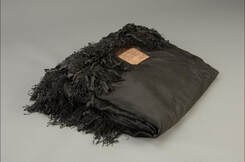 The funeral pall of Abraham Lincoln, dated April 25, 1865. Division of Political History, National Museum of American History, Smithsonian Institution. The funeral pall of Abraham Lincoln, dated April 25, 1865. Division of Political History, National Museum of American History, Smithsonian Institution. I have prior knowledge regarding the symbolism here, but I consulted a website entitled headstonesymbols.co.uk and found the following passage under a heading entitled Drapery and Urns within a section: Headstone Symbols and Meanings: Drapery seen on headstones usually depicts the veil between life and death and the crossing of that plane and to others it can symbolise God’s protection until Resurrection. Before hearses became common, during the deceased’s journey from their home to the church their coffin was draped in a black cloth, sometimes decorated with memento mori or crosses. This was the pall. It was held at each corner by a pallbearer, while the coffin itself was supported by underbearers. Drapery remained a favourite symbol of the Victorians and is often seen covering urns. In the Victorian era the urn became a symbol of death and the return of the physical body to dust while the soul was everlasting. The urn’s history started in Pagan religions that carried out cremation. The ashes of the deceased where commonly collected and buried in an old or roughly made cooking pot. As these civilizations grew the containers became more elaborate. The urns we see today on grave monuments are often stylised on ancient Roman and Greek containers for ashes. Early Christian funerals were seen as a symbol of the burial and resurrection of Christ and cremation was seen as a pagan practice, and this view was not changed until the late 19th century. As the population increased in major cities, cemeteries became overcrowded and unhygienic conditions arose with burials only just below the surface. A solution was needed, and with changes in attitude and advances in technology, cremation was seen as a solution to the problem. The ashes where again collected in urns and placed in a cemetery columbarium, a building containing niches in the wall to hold the urns. The symbolism and iconography seem quite appropriate for this particular grave, as I found that the original lot owner, (the forementioned Jacob S. Perry), worked as an undertaker as his life’s profession. He was based in the area of Walkersville and Woodsboro northeast of Frederick. He would also conduct services as Thurmont as well. Mr. Perry led a pretty straightforward life as I didn’t find a great deal about him in the history books and newspapers. He was born on May 8th, 1827 in Leitersburg, Maryland, located northeast of Hagerstown. His parents were Jacob Perry, Sr. (1802-1880) and Mary Stokes (1789-1870). He was living with a wheelright named Solomon Conaway and working as a carpenter in Woodsboro by the time of the 1850 census. Jacob married Martha Ann Geasey five years later (1855) on Christmas Day. The Perrys would make their home in Walkersville (northeast of Frederick City) and have nine children as I could find, starting with Ida Maria Perry in 1856. A second daughter would be born in October 1858, Florentine "Flora" Amelia Perry. A son named Washington Everett was born in 1860, but sadly both daughters would die within three weeks of each other in late March-April, 1862. I found the draft registration for our subject in connection with the American Civil War. I did not see that he actually served for either army during this turbulent period, but he did father another child as James Pleasonton Perry was born in April 1863. Residing in Walkersville, I’m sure Jacob watched along with his neighbors, the Union Army, under new general, George M. Meade as they headed north through town en-route to Gettysburg in early summer. An old newspaper featured an annual accounting of the Frederick County Government, and Jacob S. Perry is listed as having built coffins for the town of Thurmont. His connection to Thurmont likely stemmed from this locale serving home to his parents. To be exact, an obituary in 1872 for Jacob Perry, Sr. (our subject's father) claimed that the former Middletown native had died in Franklinville just north of Thurmont, then known as Mechanicstown. This is the area where you could find two outstanding commercial landmarks along today’s US15—Catoctin Mountain Orchard and the recently-closed Shamrock Restaurant. Another aside involving Jacob, Jr. comes from Jacob Engelbrecht who wrote that Jacob Perry (Sr.) was appointed keeper of the Frederick Almshouse in February, 1852, but declined the position, allowing Mr. William T. Duvall to take the post. This same Mr. Duvall would leave the Almshouse two years later to become the first superintendent of Mount Olivet Cemetery. Three more children would be born to Jacob S. Perry and Martha before the end of the decade. These included Katherine Idaho Perry (b. July, 1865), John Jacob Perry (b. September, 1867), and William KIracofe Perry (b. September, 1869). The 1870 census shows the Perry family living in Mount Pleasant. This would be the residence in which two more children were added to the family, Matilda Lorena Perry (1872-1957) and Harry Perry. The latter died as an infant, surviving only two days, passing on May 21st, 1876. For the next 30 years, the Perrys continued living in Walkersville and I found that they lived in a six-room, frame house on the corner of West Frederick Street and Maple Avenue. I'm sure the builder was our subject. Jacob took part in the nearby community through his work and involvement with the United Brethren Church. I was happy to find some related clippings in the newspapers that made mention to Mr. Perry and these business and church activities. I’m sure he would consider his greatest accomplishment the fact that he and wife Martha raised six children into adulthood. A 1910 article captured the occasion of Jacob’s 83rd birthday. The paper added the superlative that Jacob and Martha were the oldest couple in town. The twosome would celebrate a few more birthdays and anniversaries before Jacob’s death on June 21st, 1914. He died at the home of his daughter, Katherine Long, in Walkersville. He was 87 years old. It is not known whether or not Jacob crafted his own coffin, but the undertaking was performed by Thomas P. Rice, a leading man of the trade during that time. He would be laid to rest in Mount Olivet on June 23rd, 1914. His predeceased children had been removed to Mount Olivet in April of 1908. This included Ida, Florentine and Harry. I’d like to assume that the tradition of draping Mr. Perry’s coffin with black cloth actually happened. As he performed this practice for so many that he delivered to their final resting places, hopefully the same was done for him. His pall bearers consisted of sons and grandsons. Just sixteen months later, Martha would join her husband in Mount Olivet. Jacob’s son William K. Perry would be buried here in 1946, and daughter Matilda “Mattie” Gregory just over a decade later in 1957. Their spouses and a few of their children are today also part of the Perry lot in Area R.
|
STORIES
|
Archives
July 2024
June 2024
May 2024
April 2024
March 2024
February 2024
January 2024
December 2023
November 2023
September 2023
August 2023
July 2023
June 2023
May 2023
April 2023
March 2023
February 2023
January 2023
December 2022
November 2022
October 2022
September 2022
August 2022
July 2022
June 2022
May 2022
April 2022
March 2022
February 2022
January 2022
December 2021
November 2021
October 2021
September 2021
August 2021
July 2021
June 2021
May 2021
April 2021
March 2021
February 2021
January 2021
December 2020
November 2020
October 2020
September 2020
August 2020
July 2020
June 2020
May 2020
April 2020
March 2020
February 2020
January 2020
December 2019
November 2019
October 2019
September 2019
August 2019
July 2019
June 2019
May 2019
April 2019
March 2019
February 2019
January 2019
December 2018
November 2018
October 2018
September 2018
August 2018
July 2018
June 2018
May 2018
April 2018
March 2018
February 2018
January 2018
December 2017
November 2017
October 2017
September 2017
August 2017
July 2017
June 2017
May 2017
April 2017
March 2017
February 2017
January 2017
December 2016
November 2016

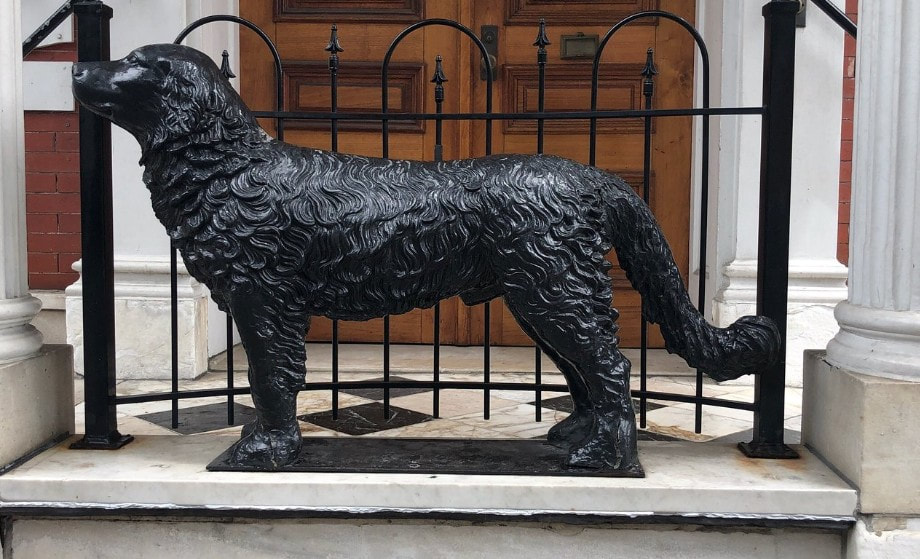
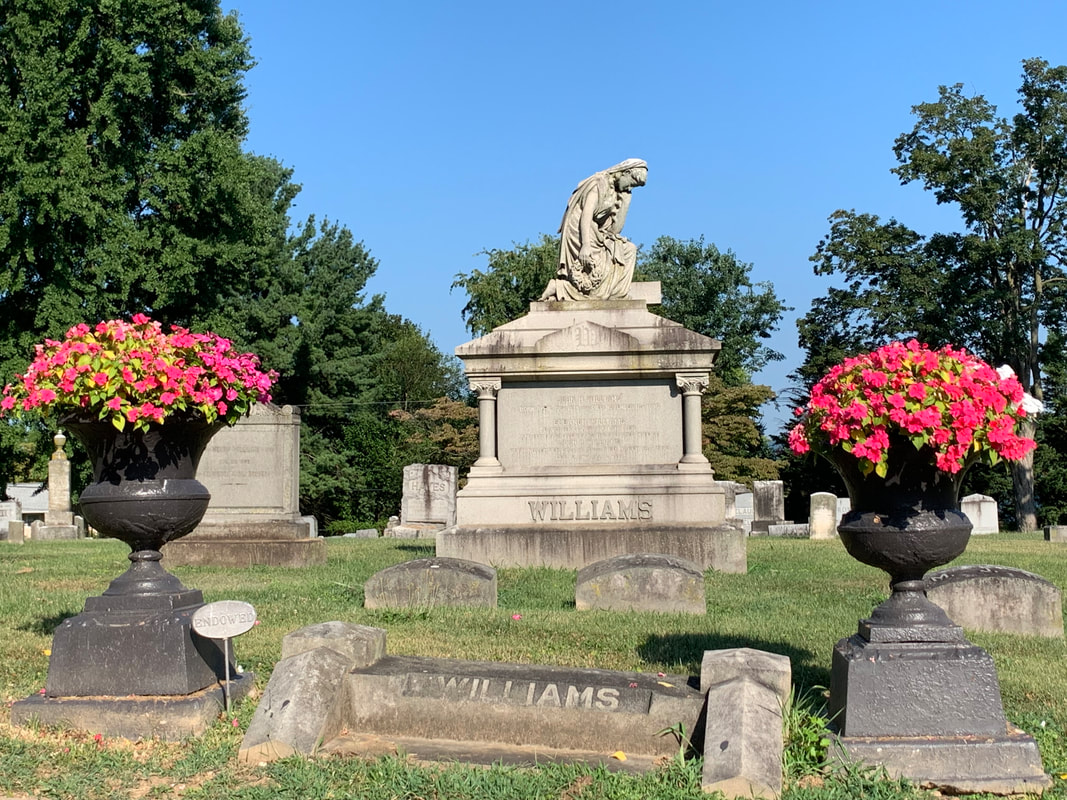
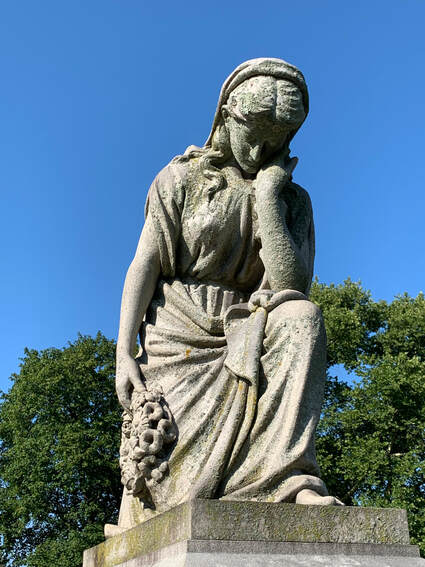

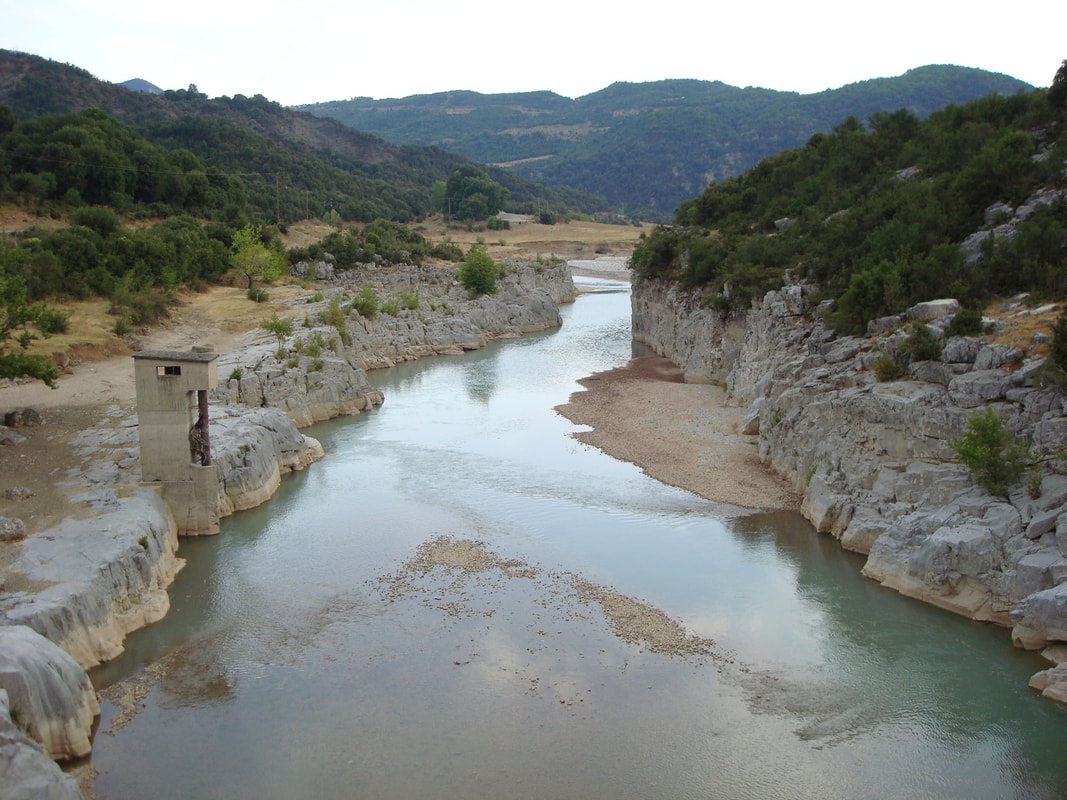
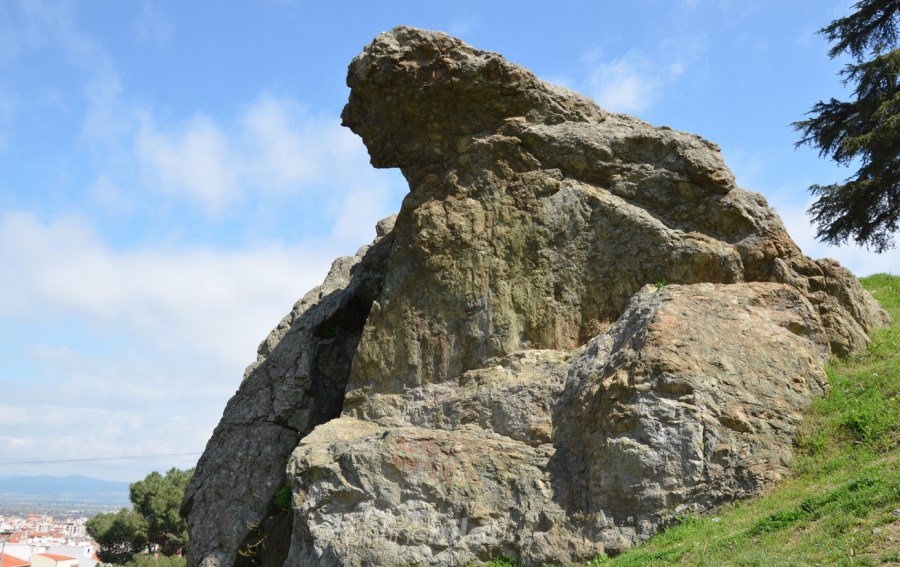
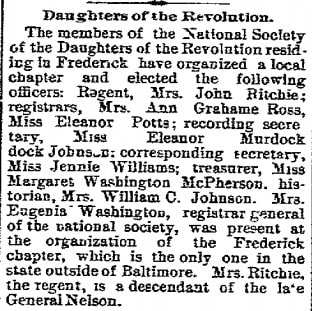
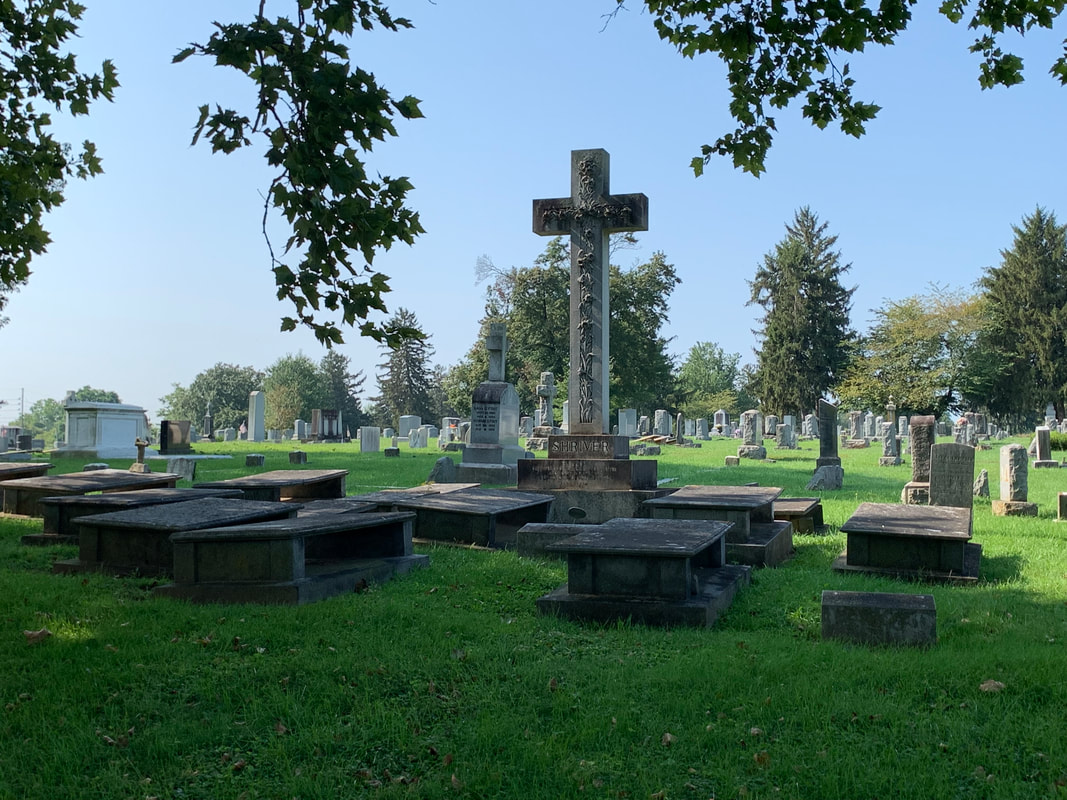
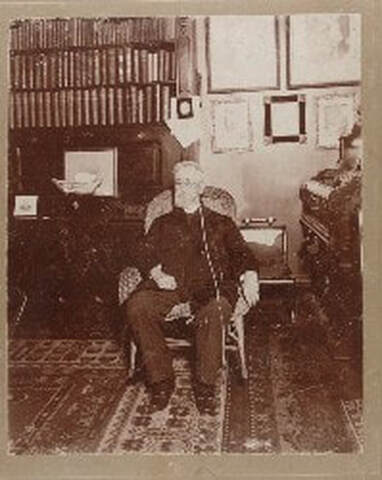

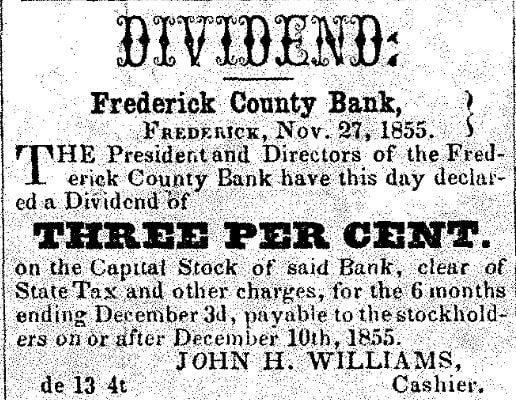

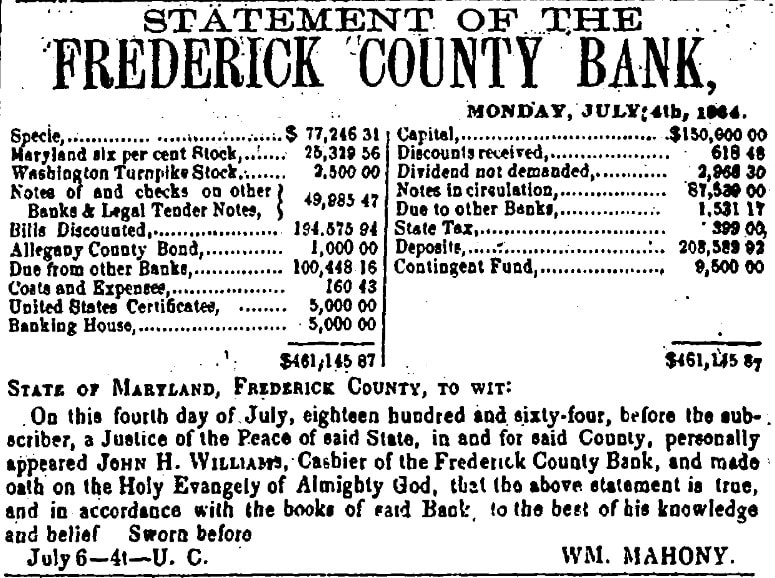



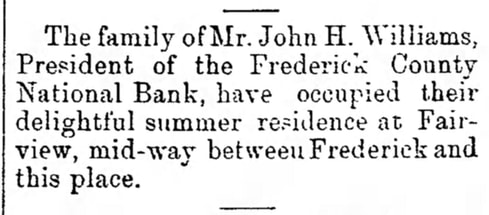
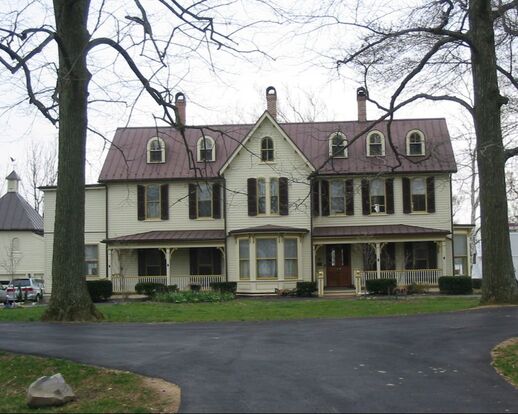
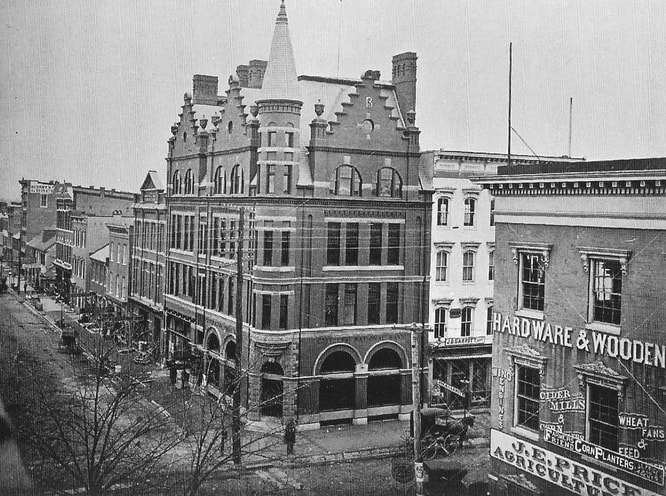
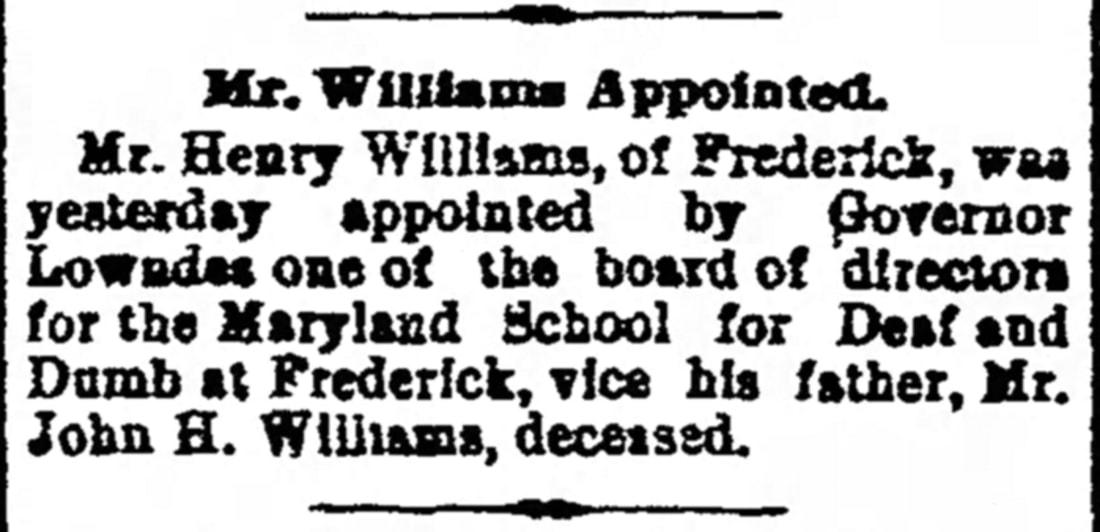
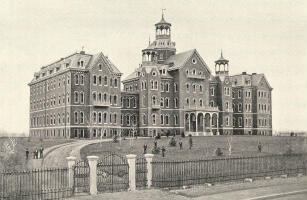
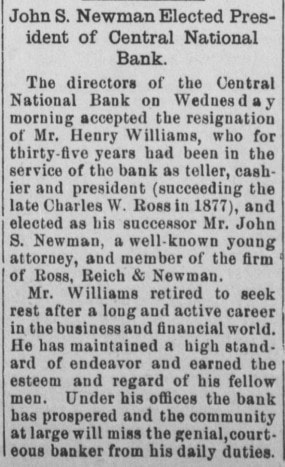

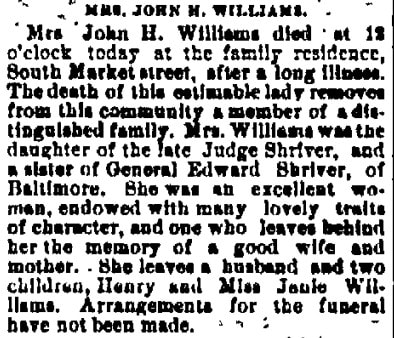
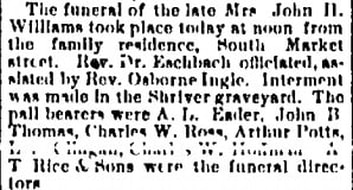
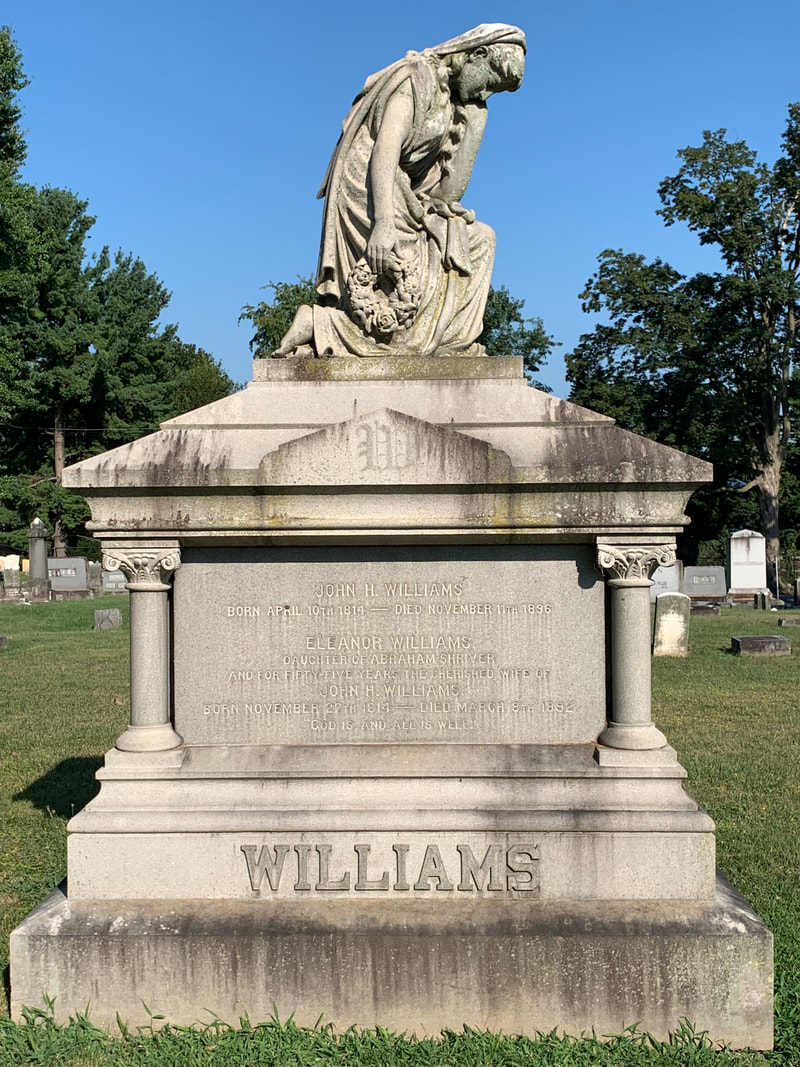
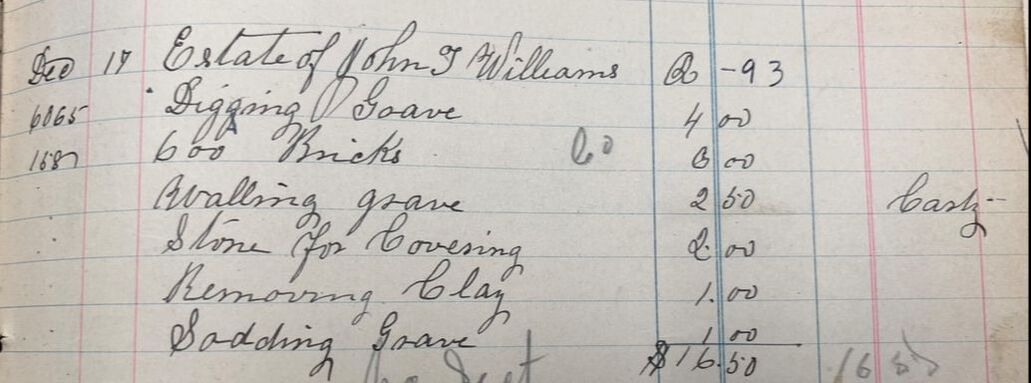
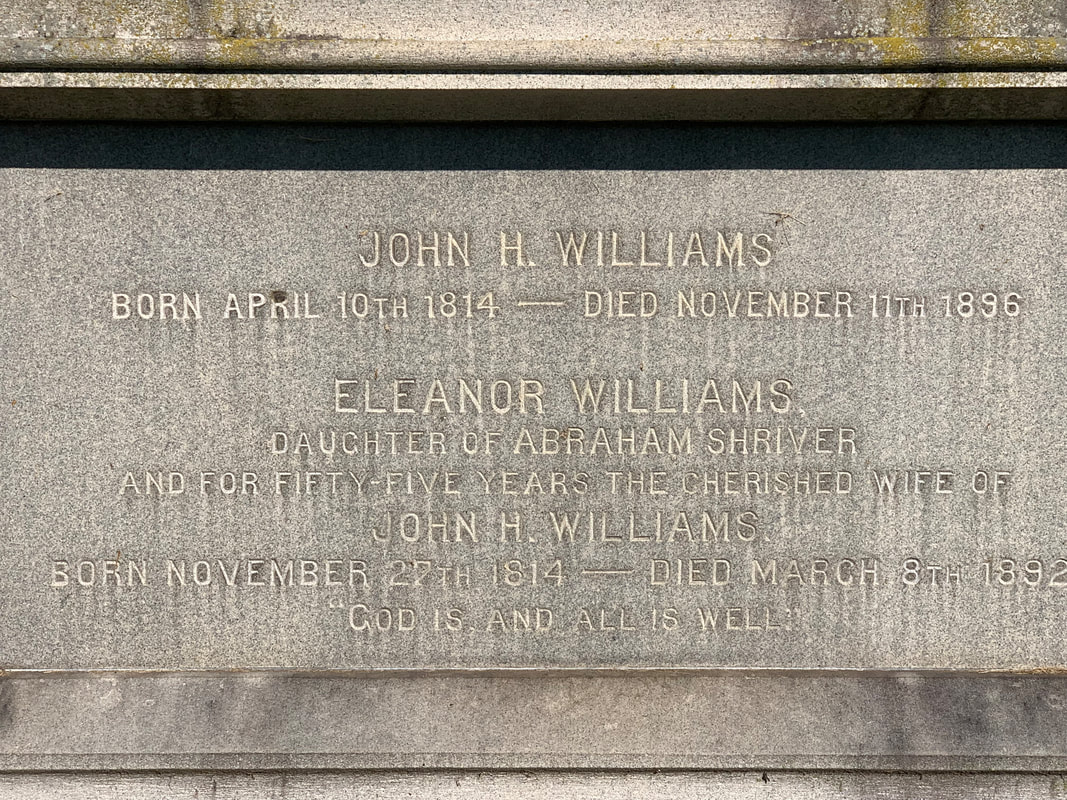
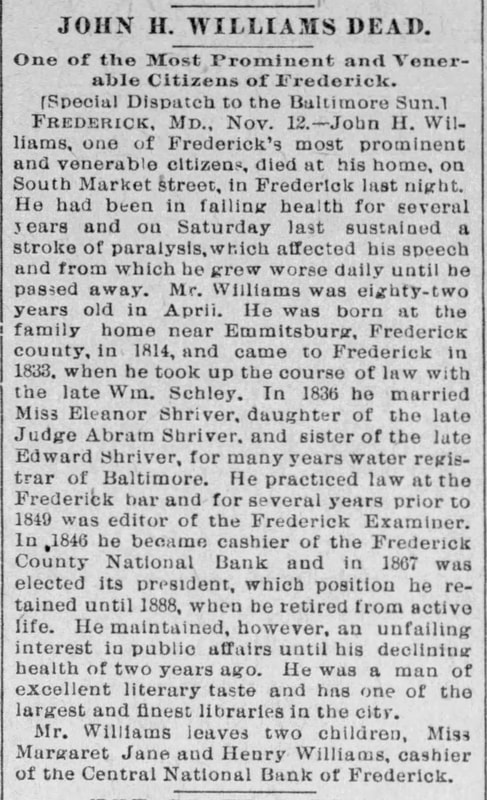


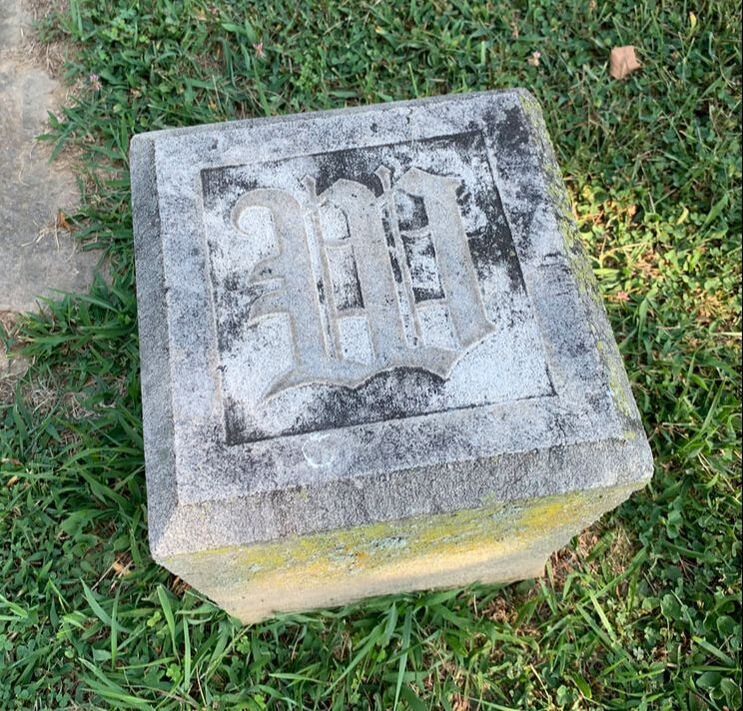
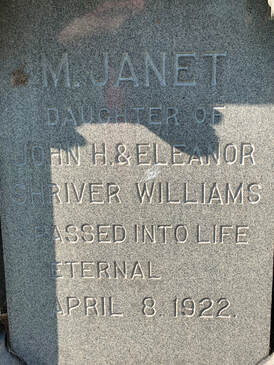
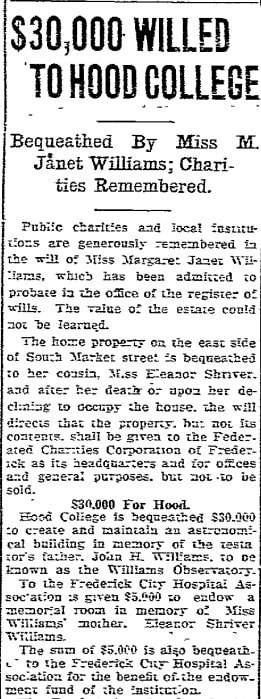
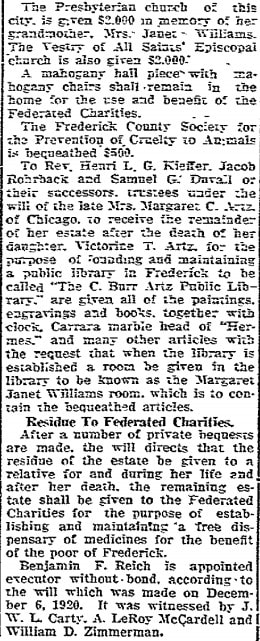

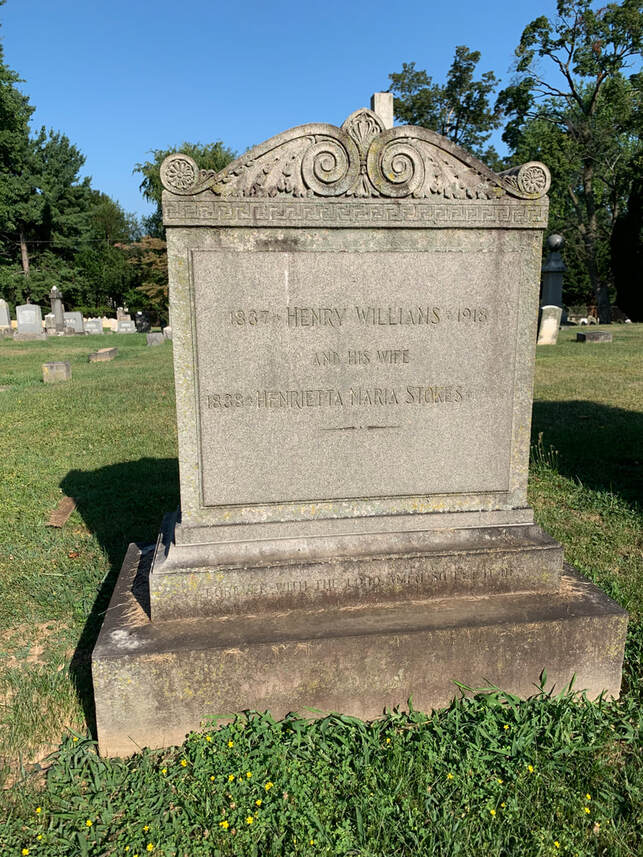
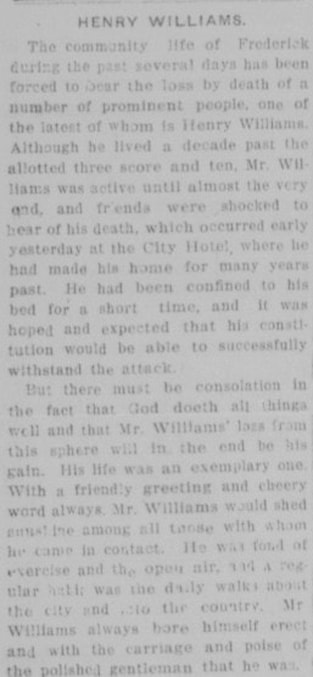
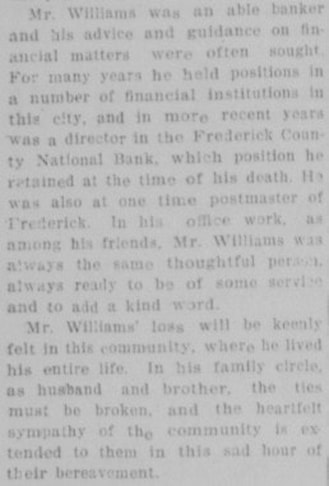
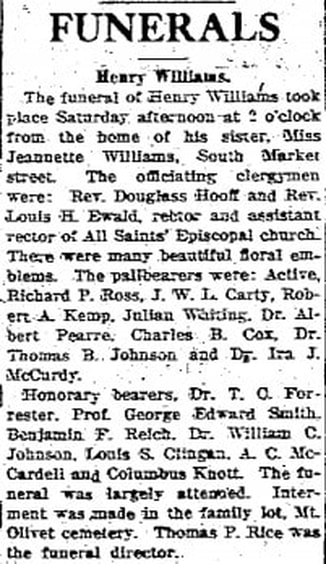
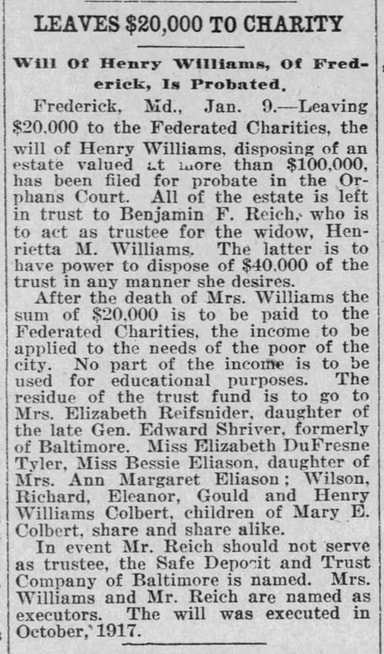
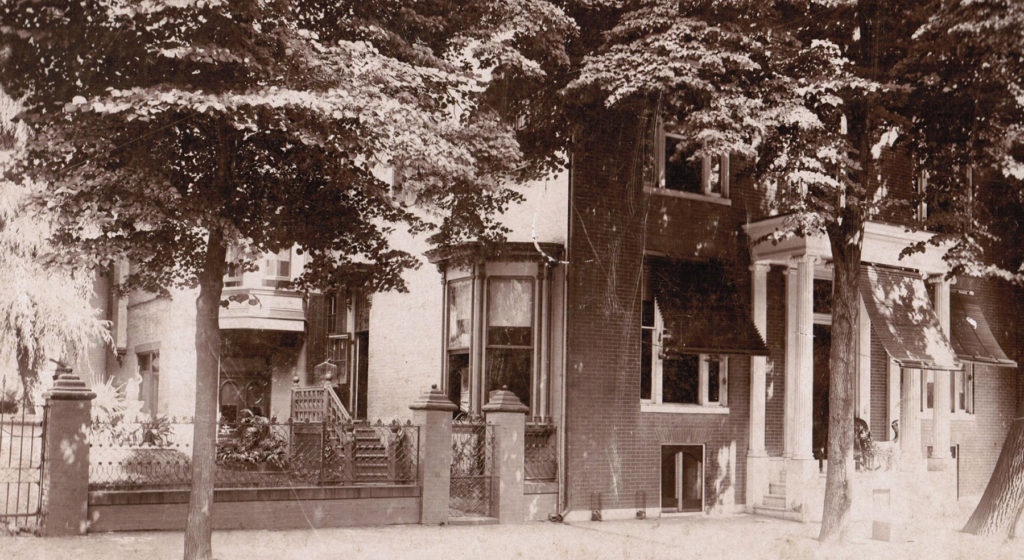
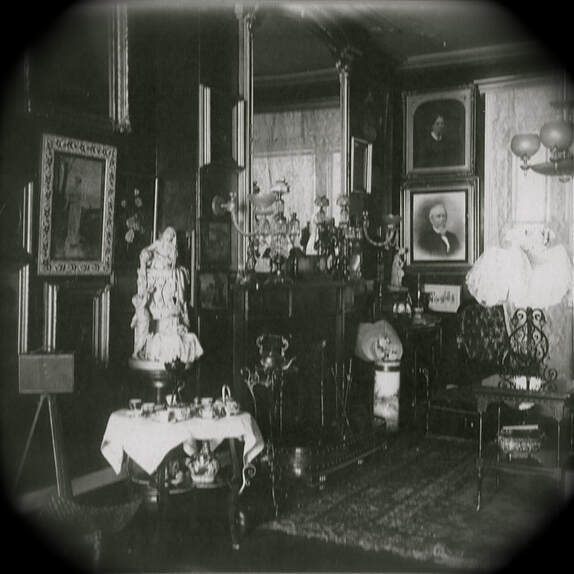
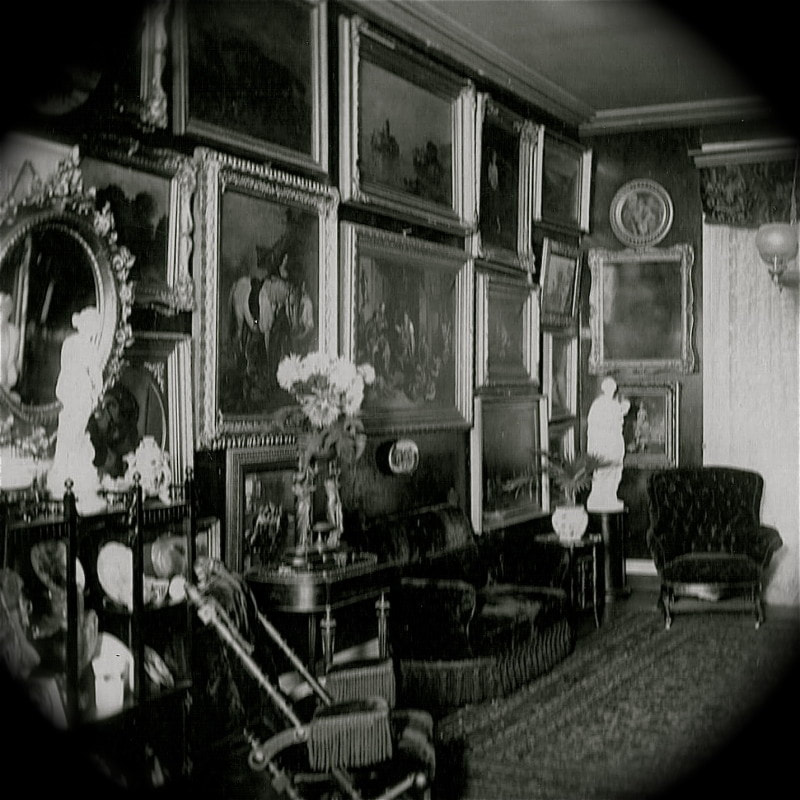
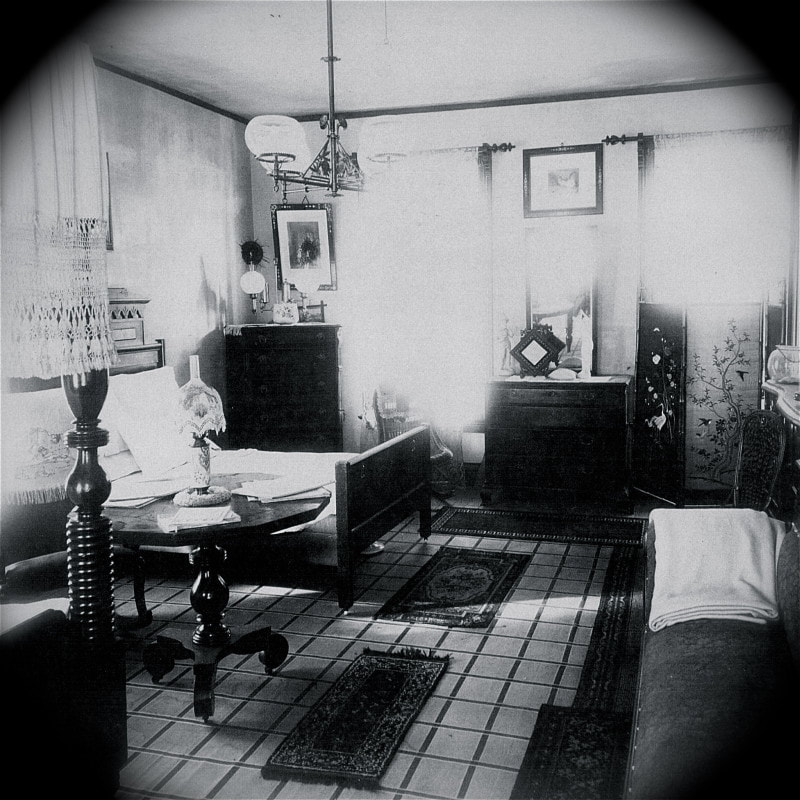
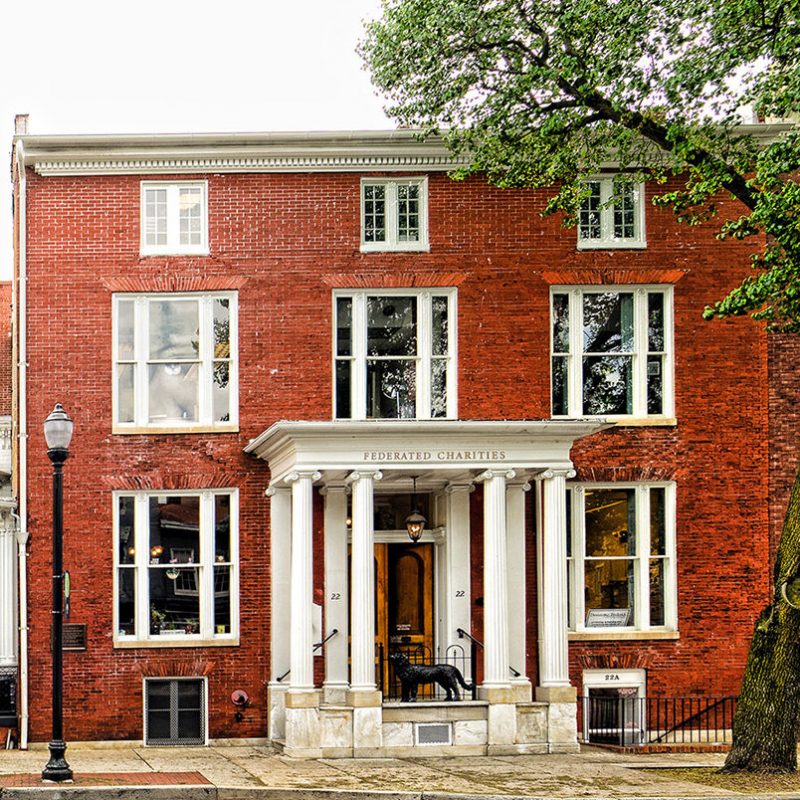
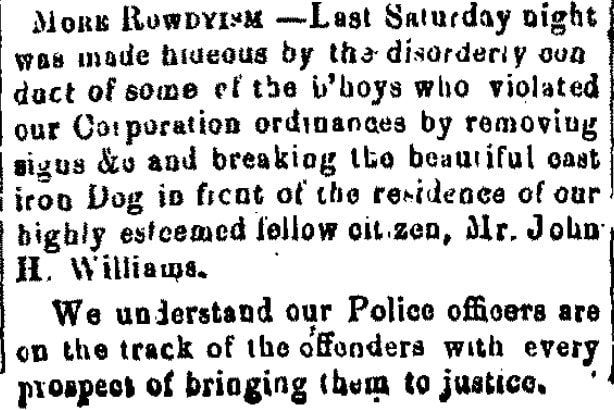
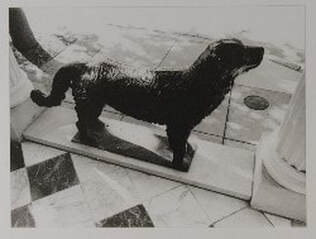
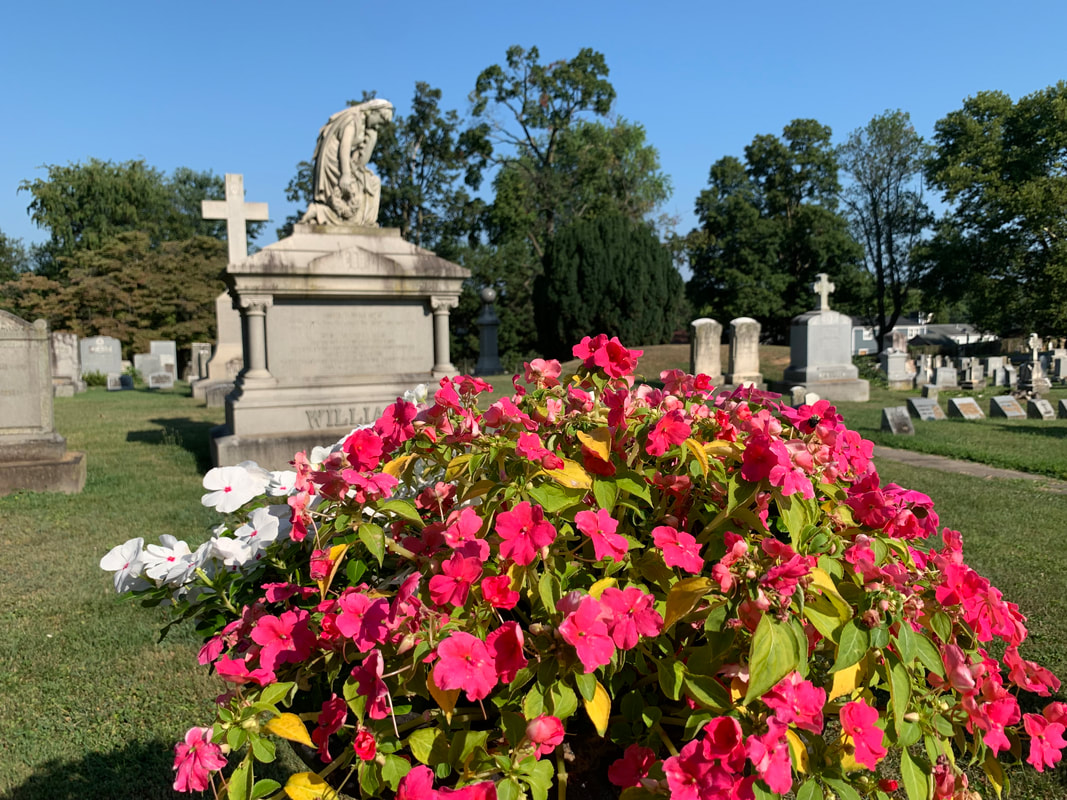
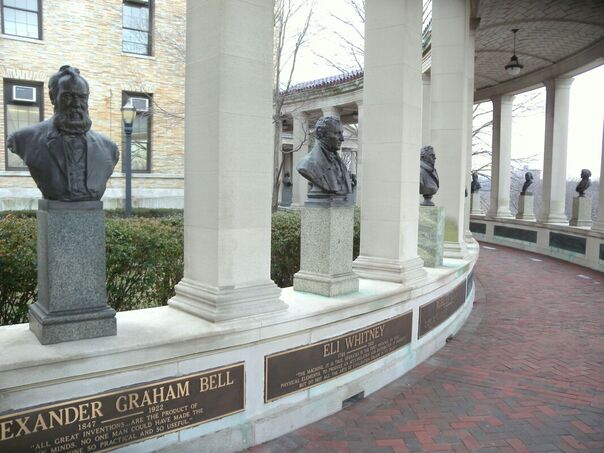



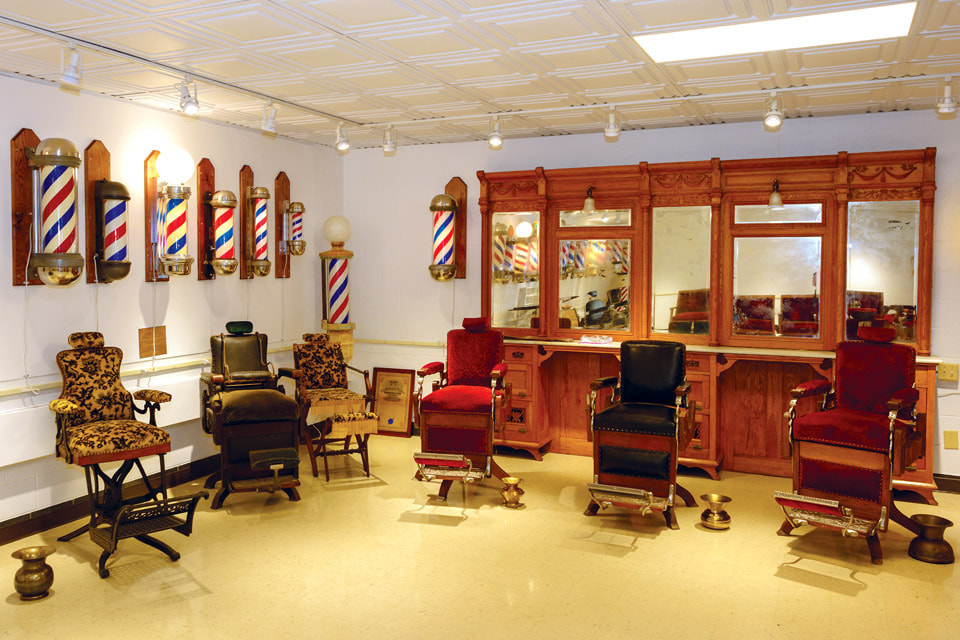





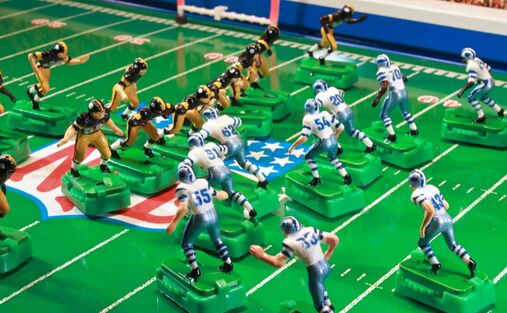
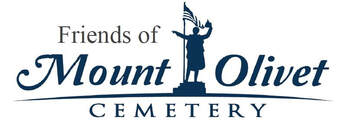
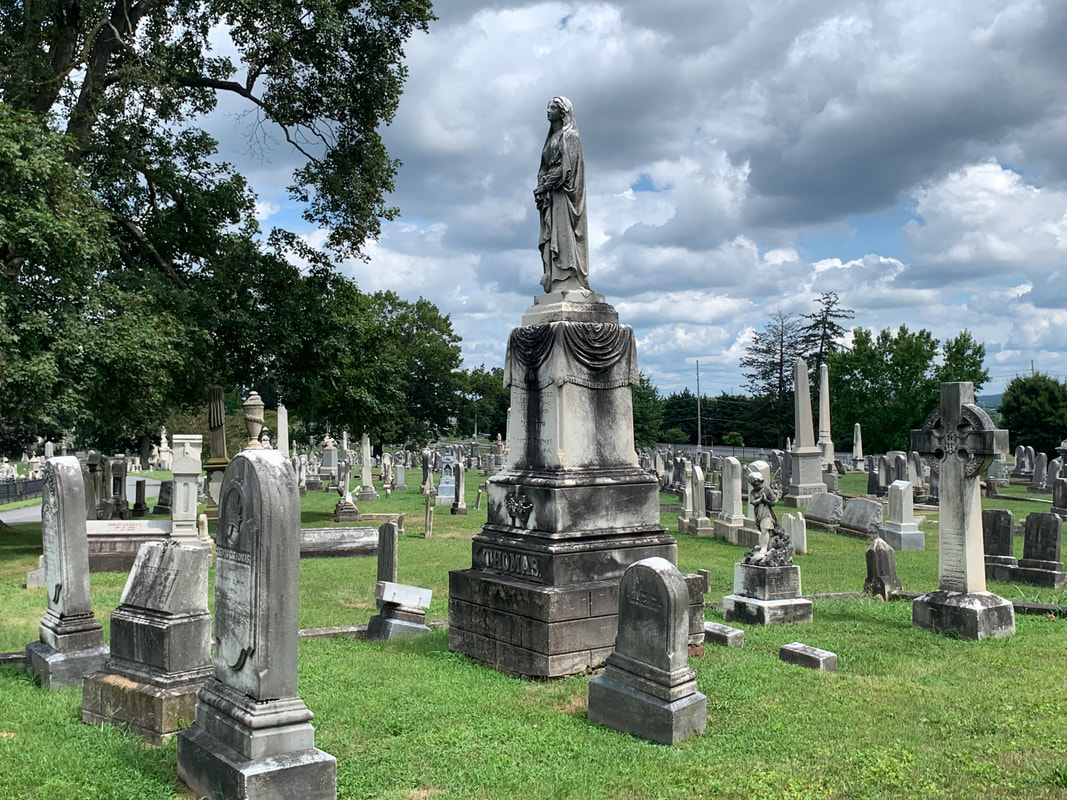
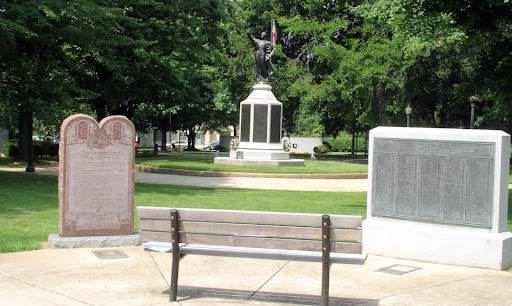
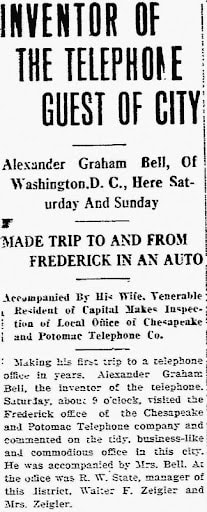

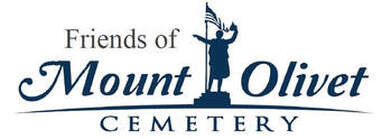

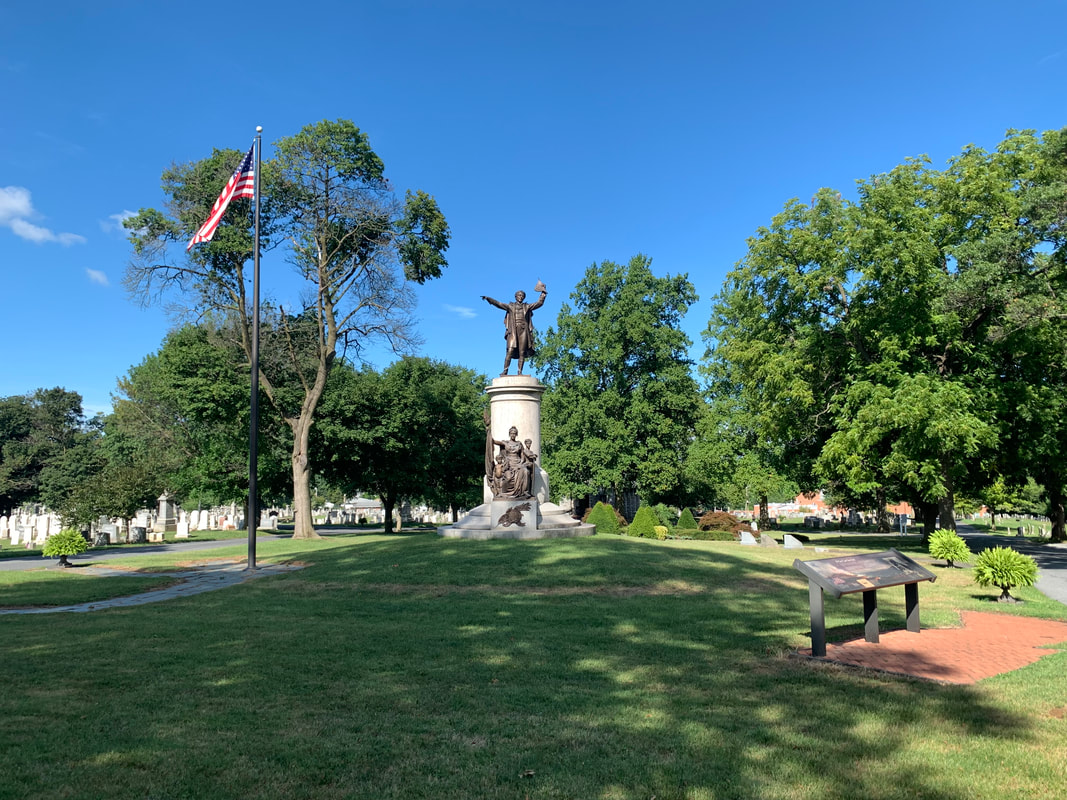
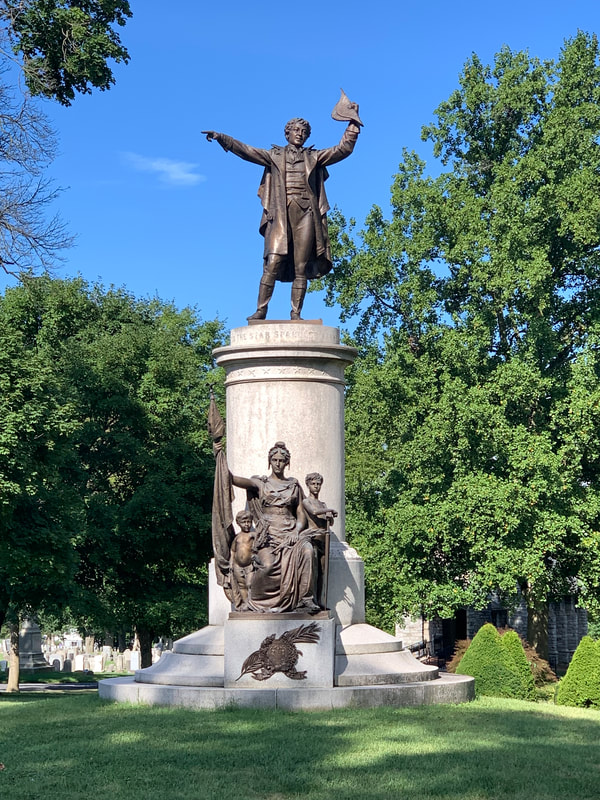
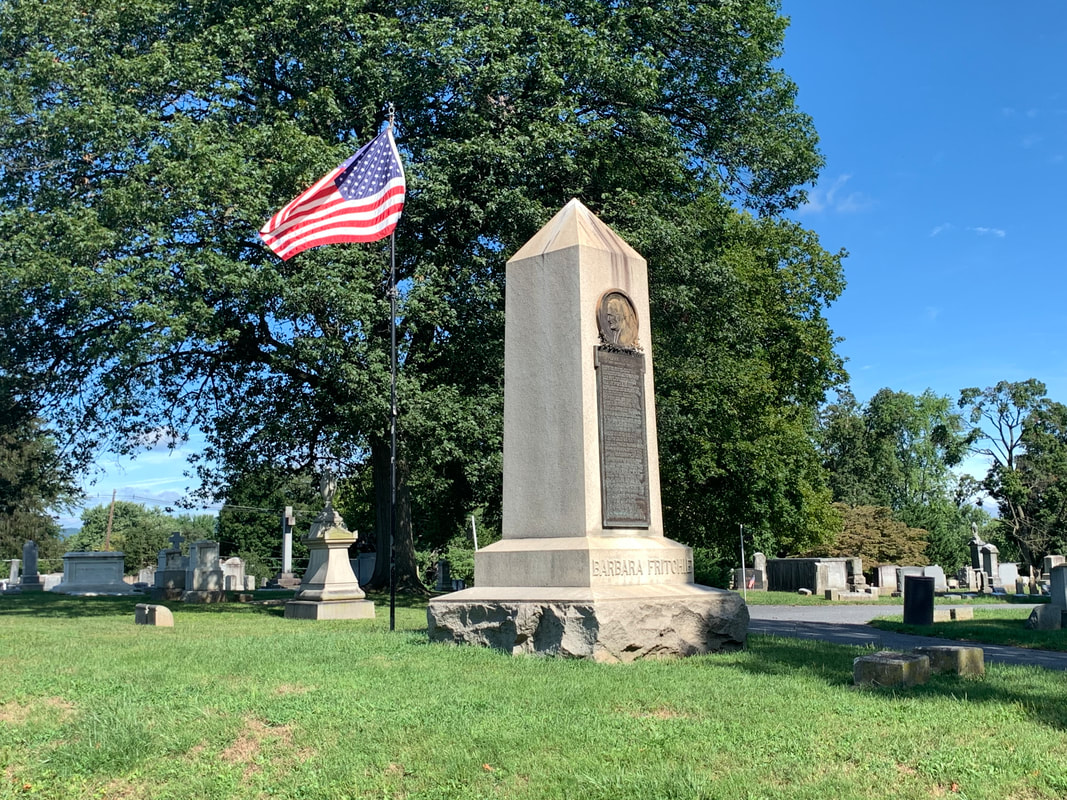
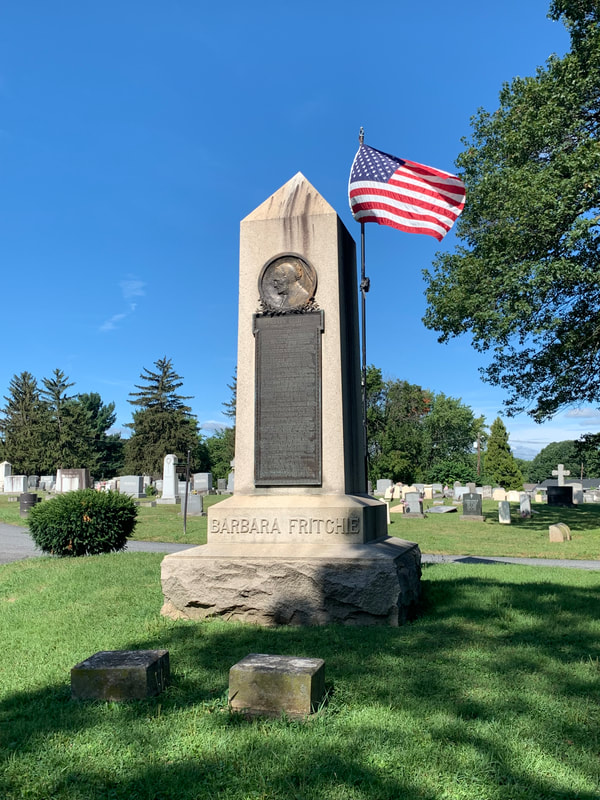
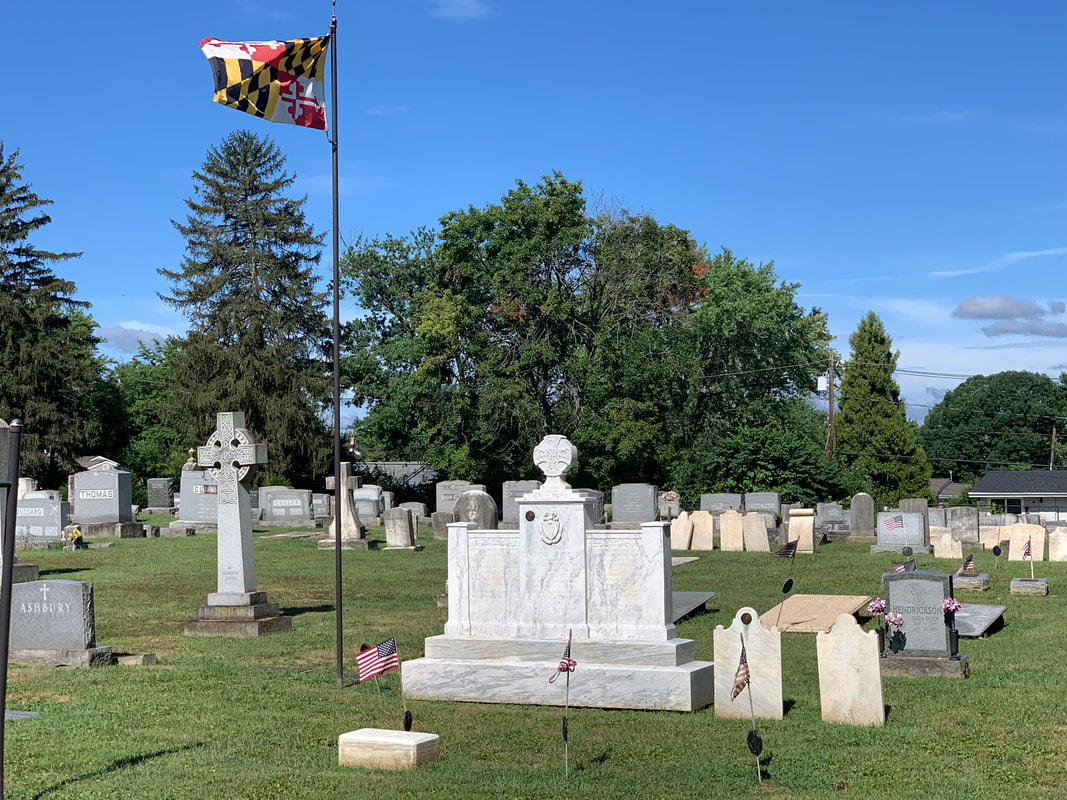
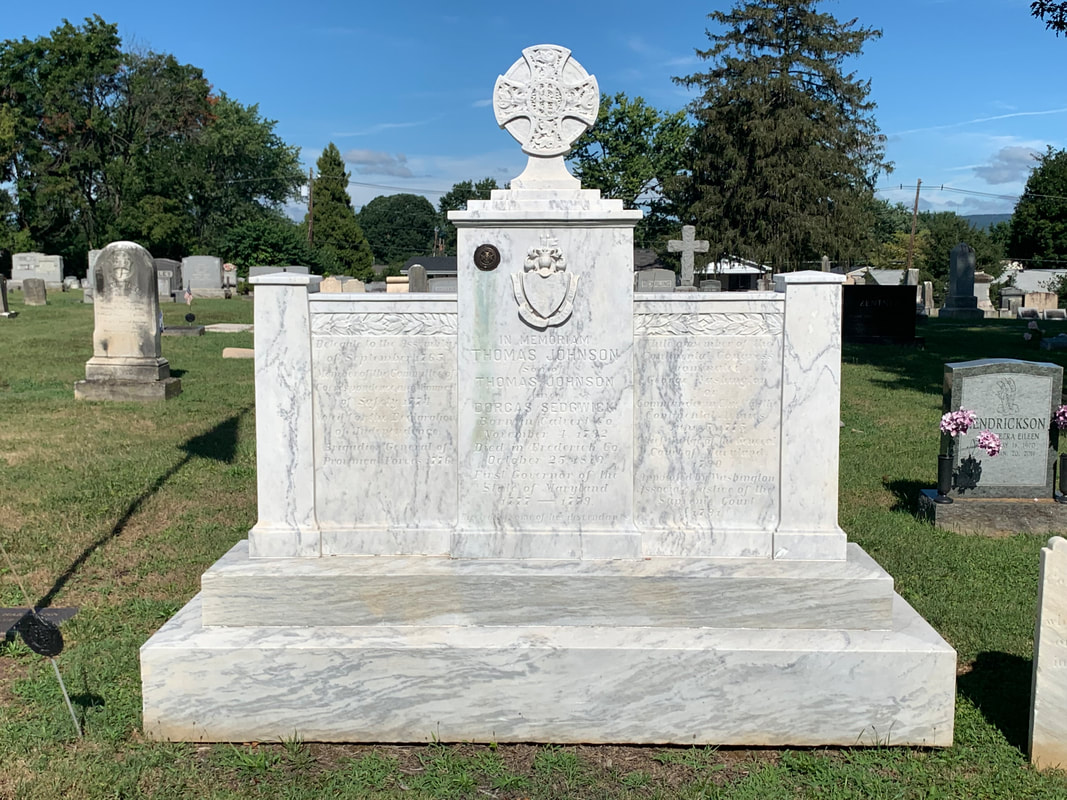

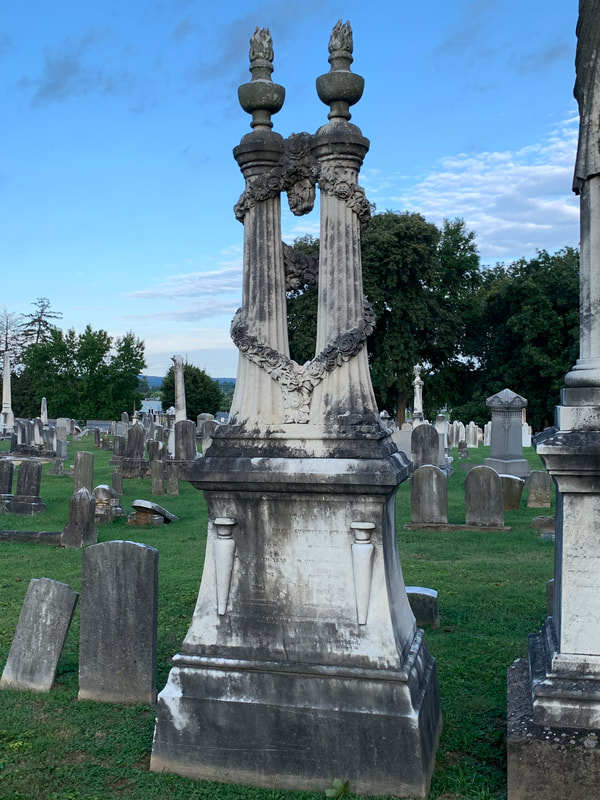
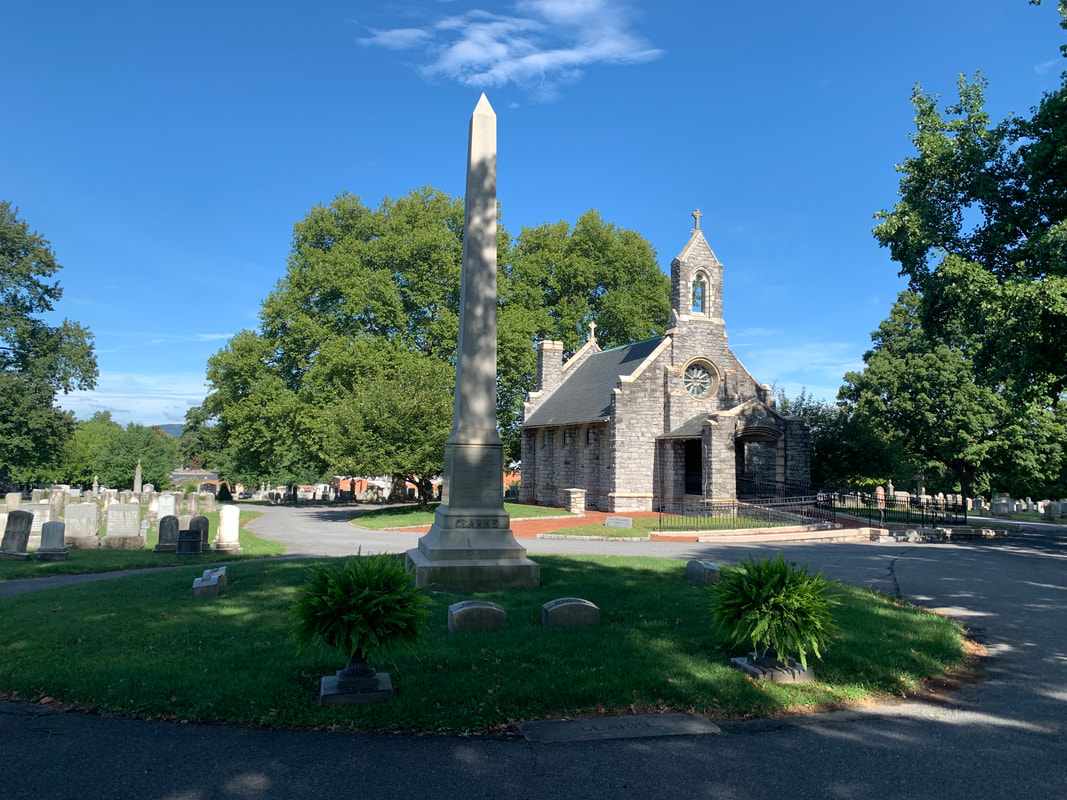
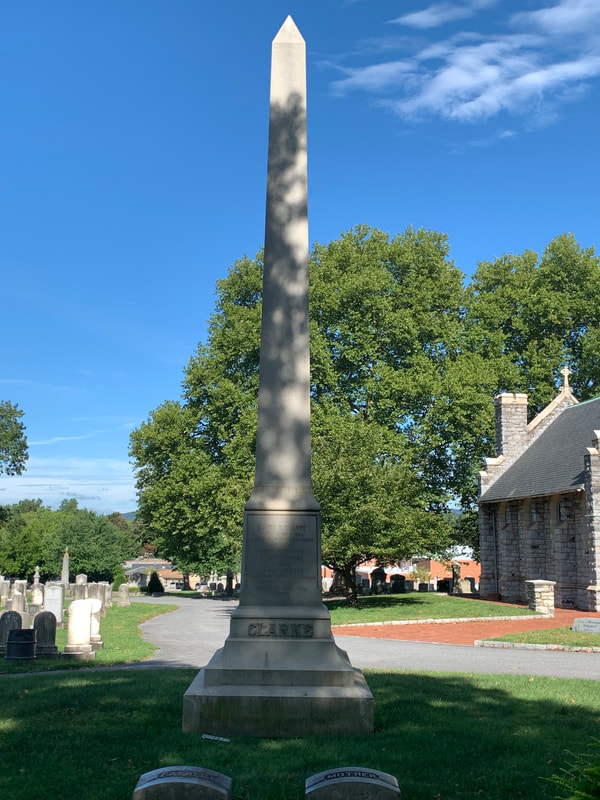
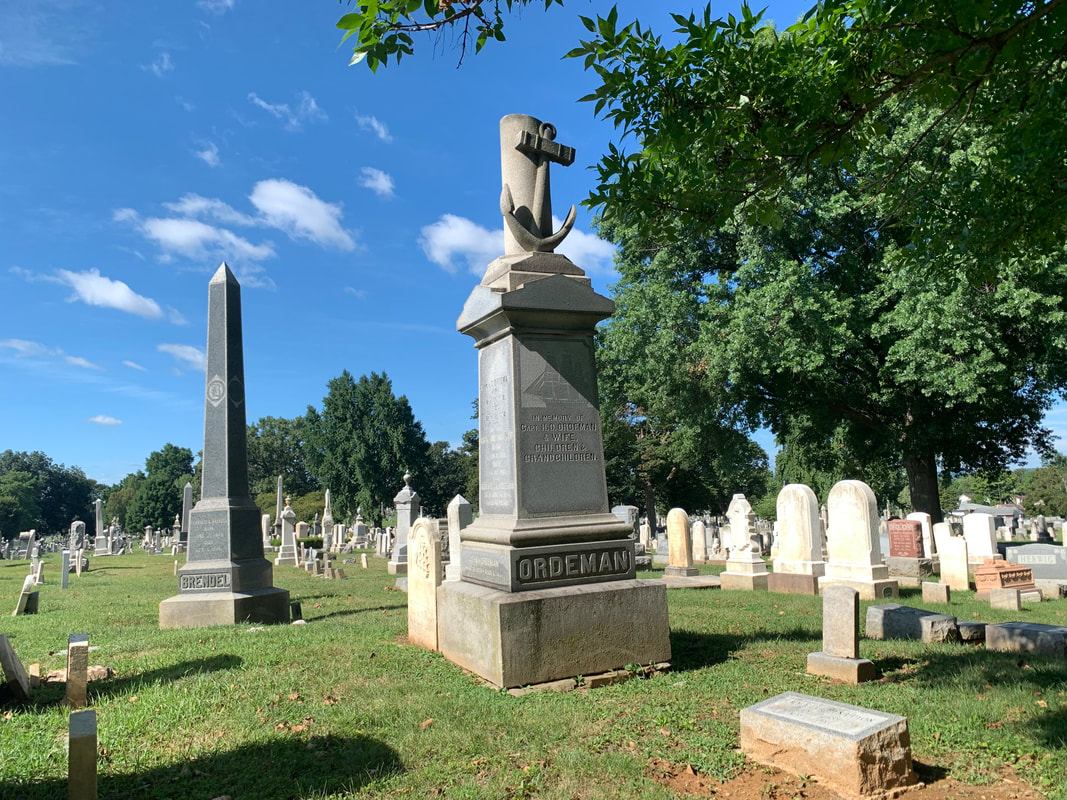
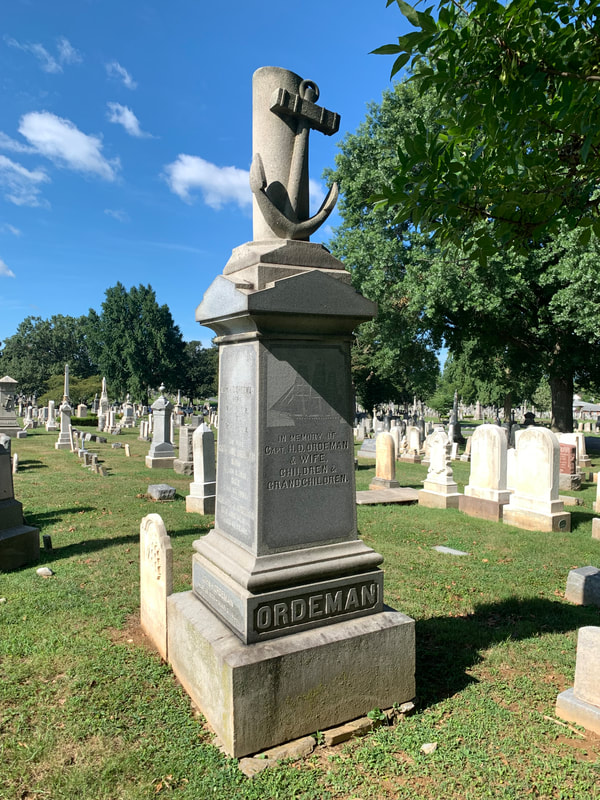
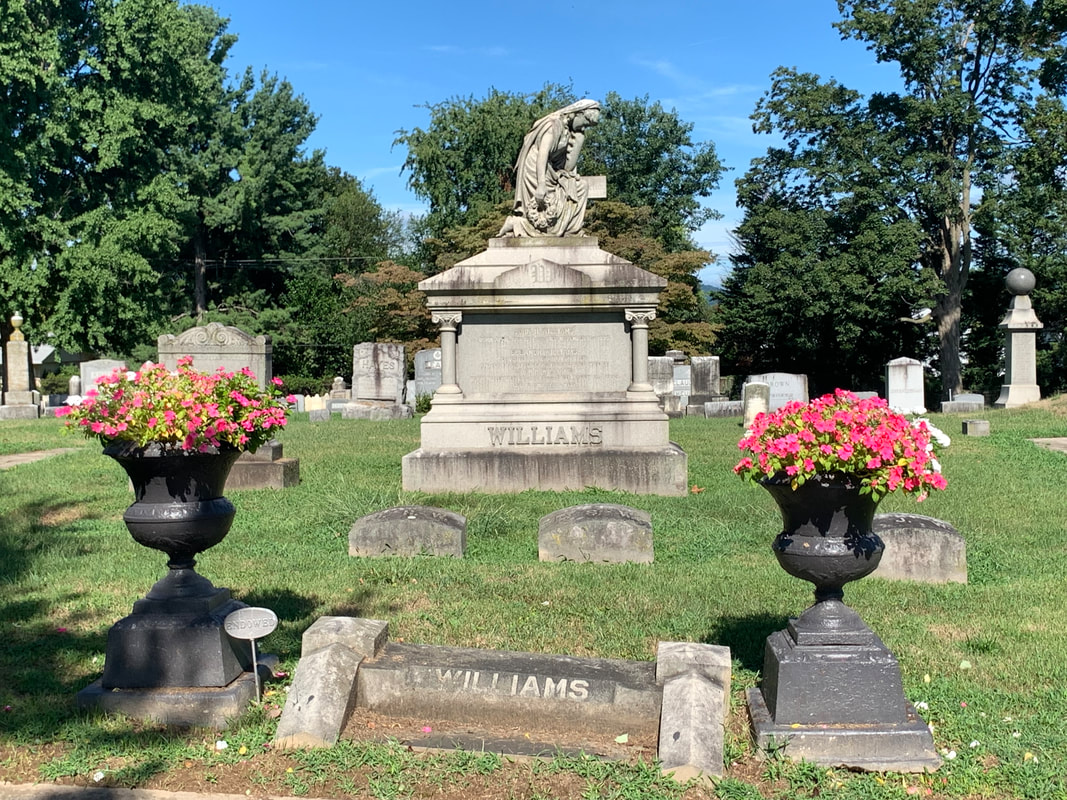
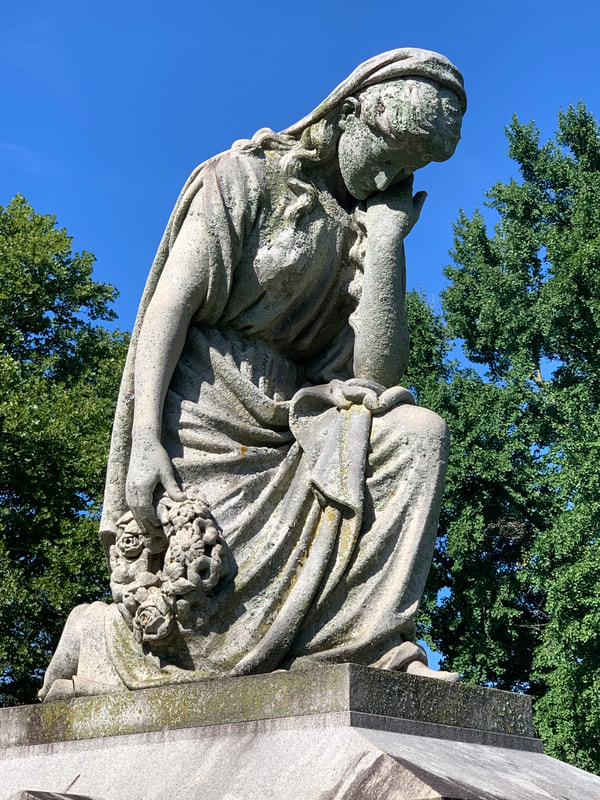

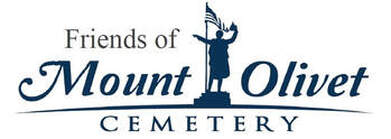
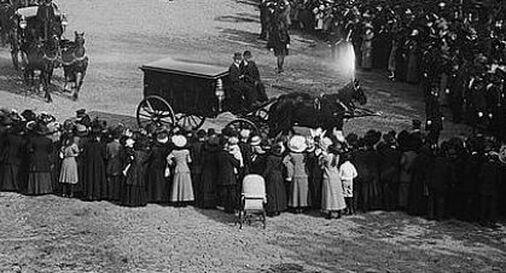
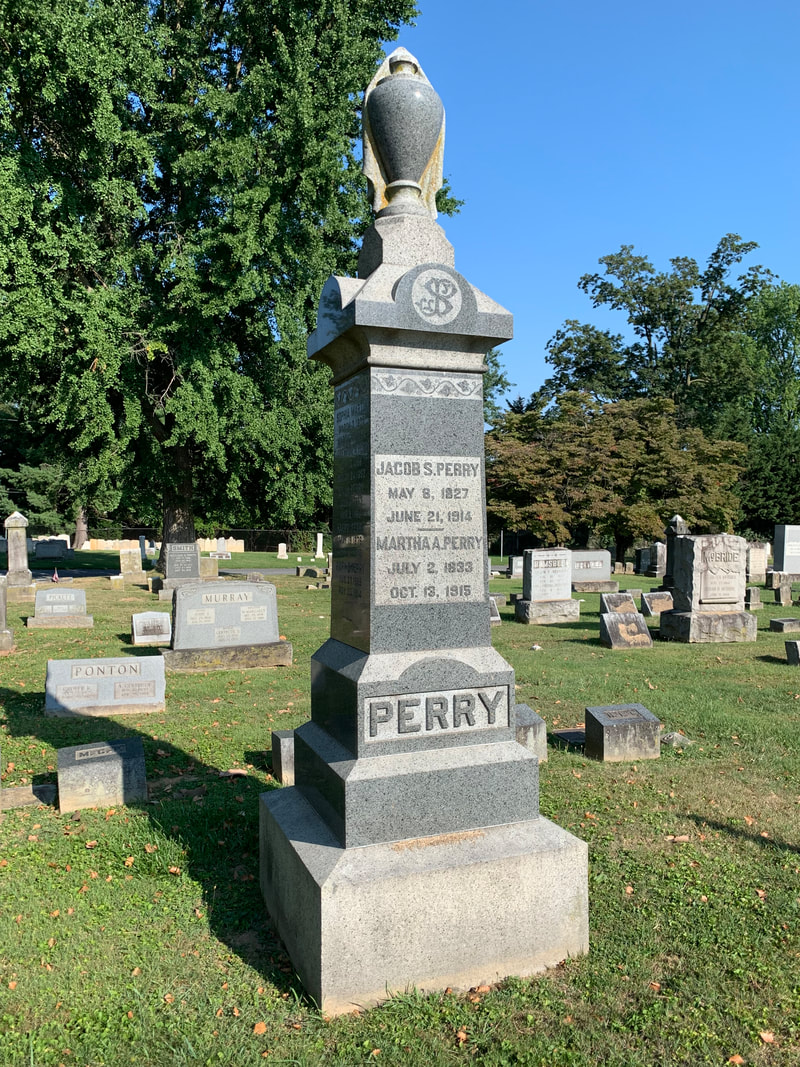
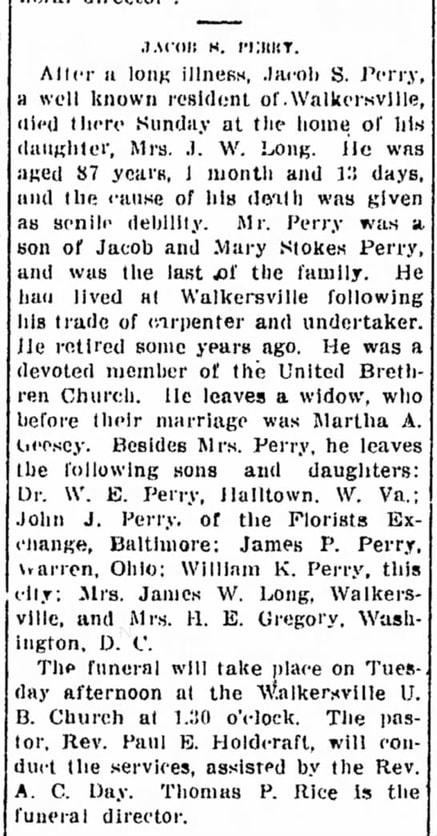


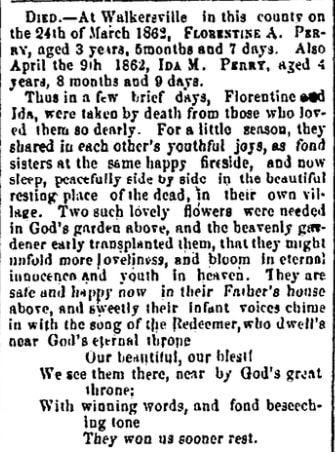

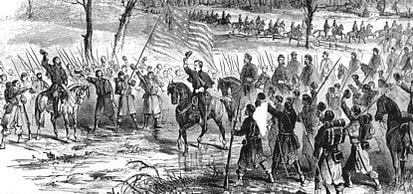

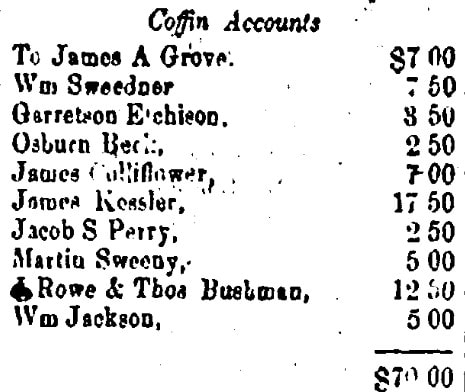

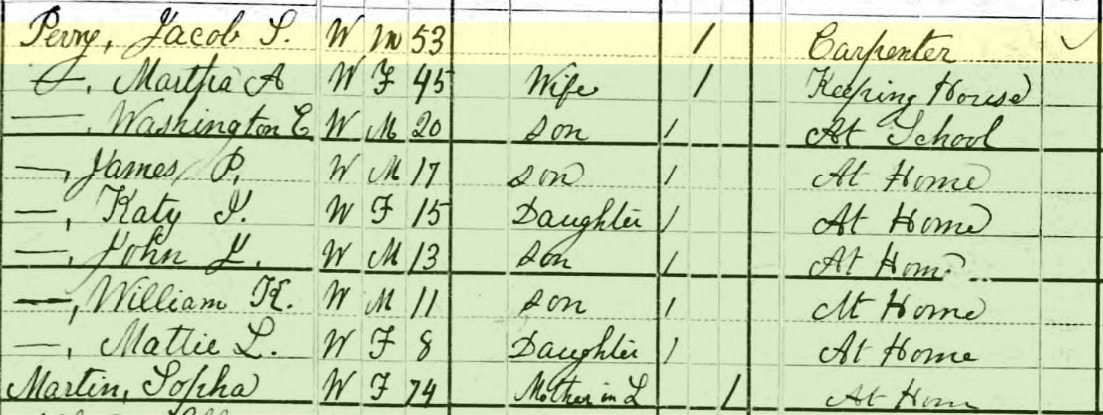
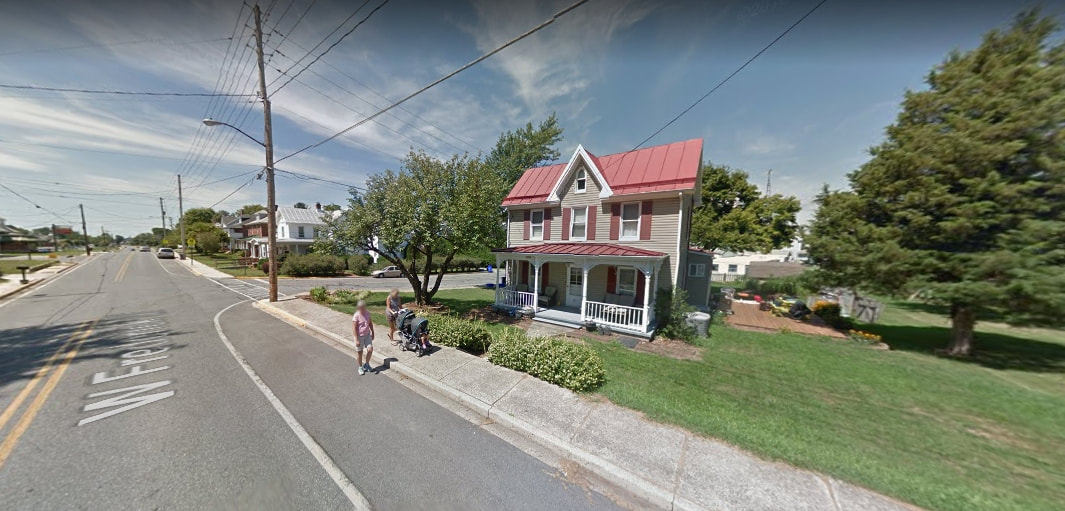
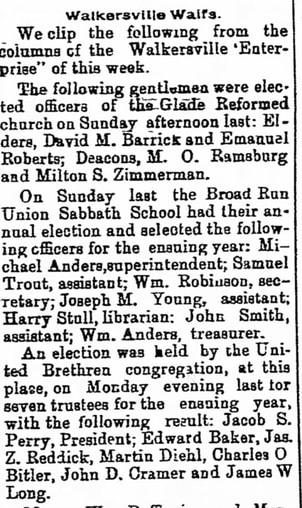

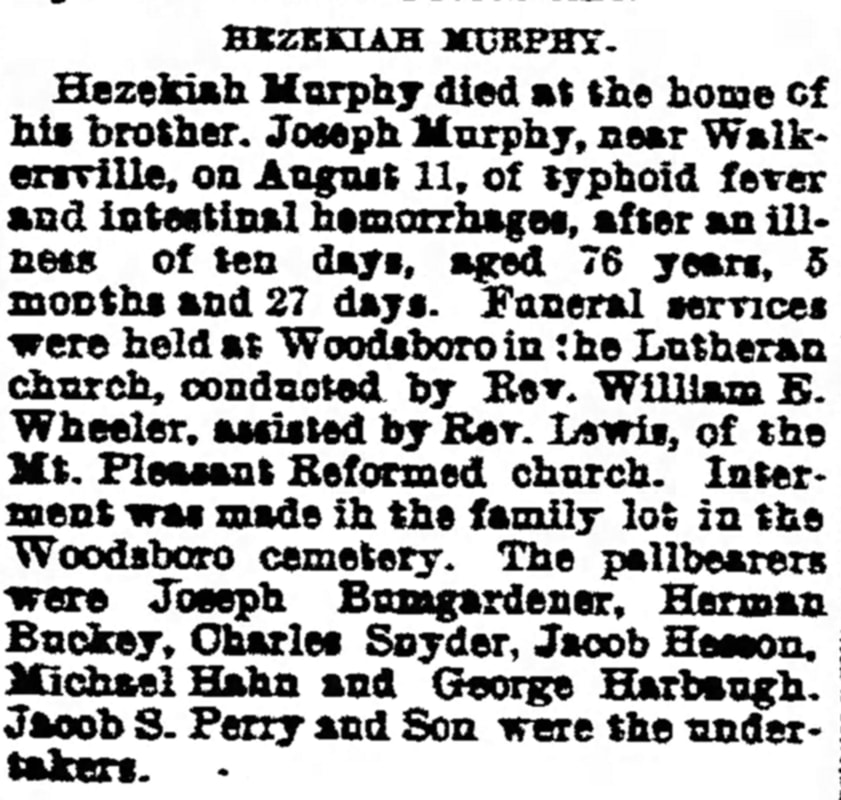

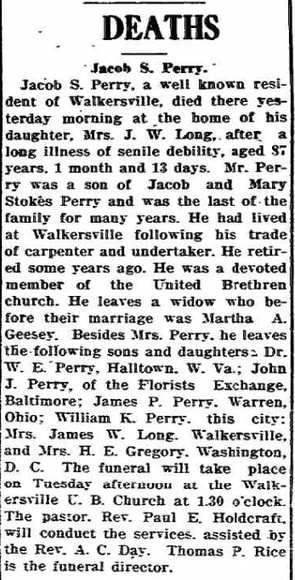
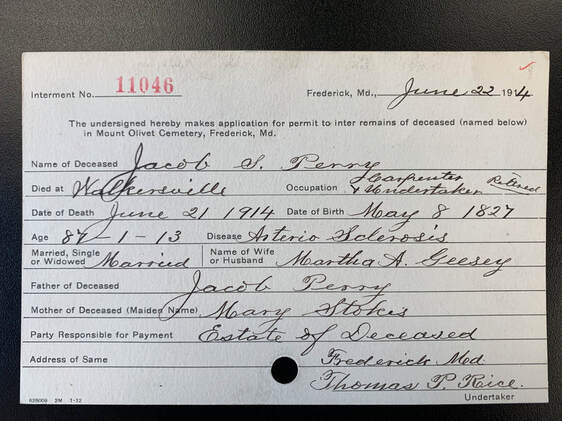
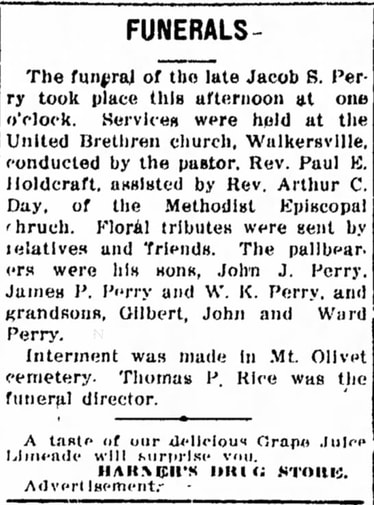
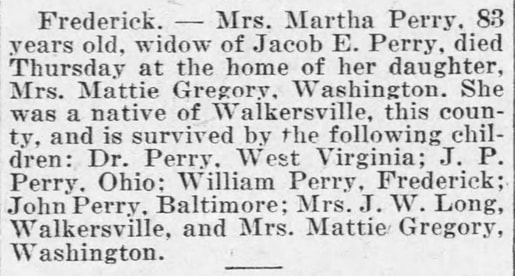
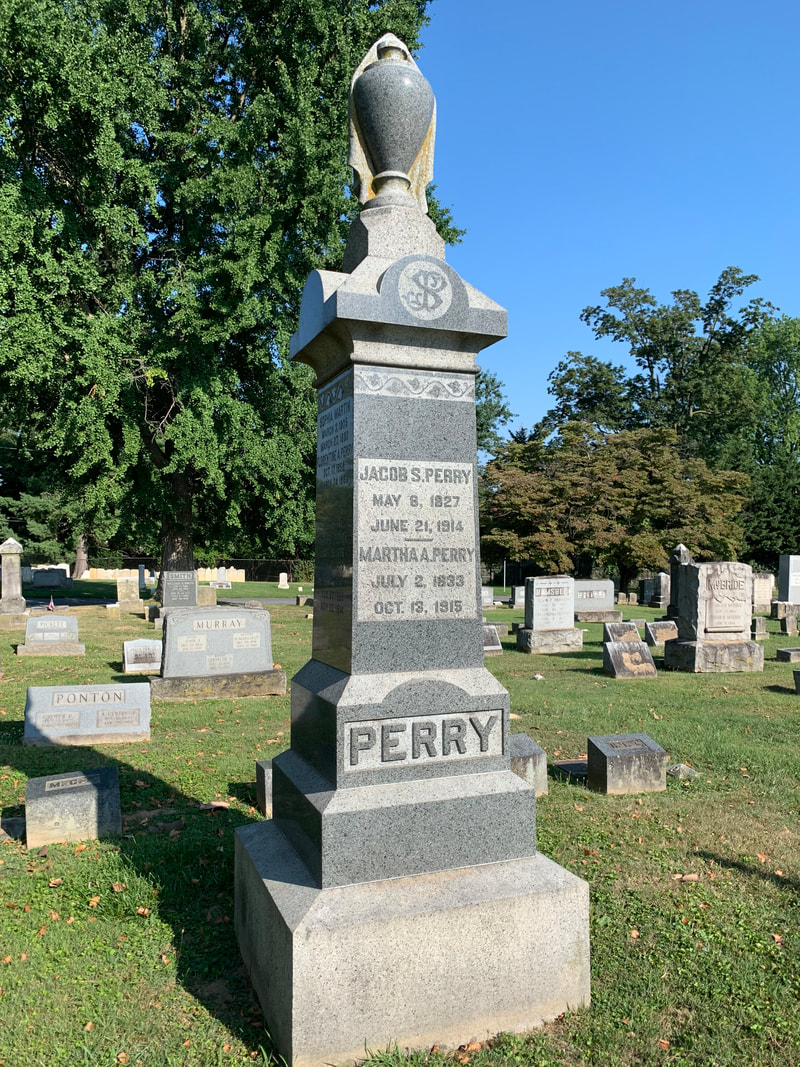
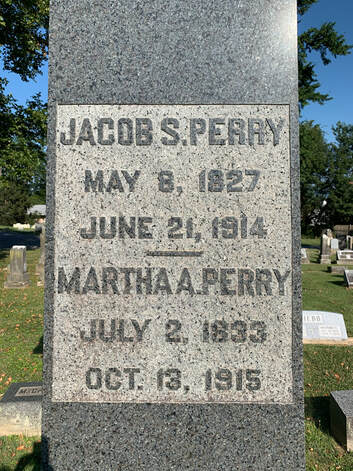
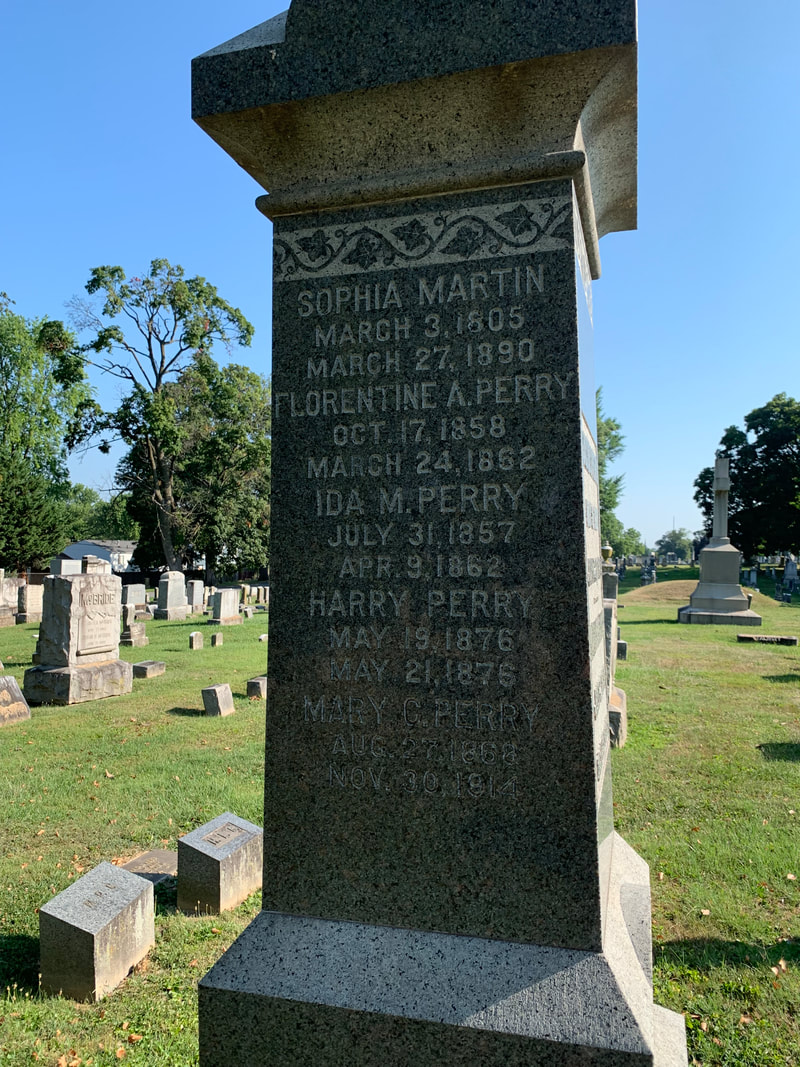

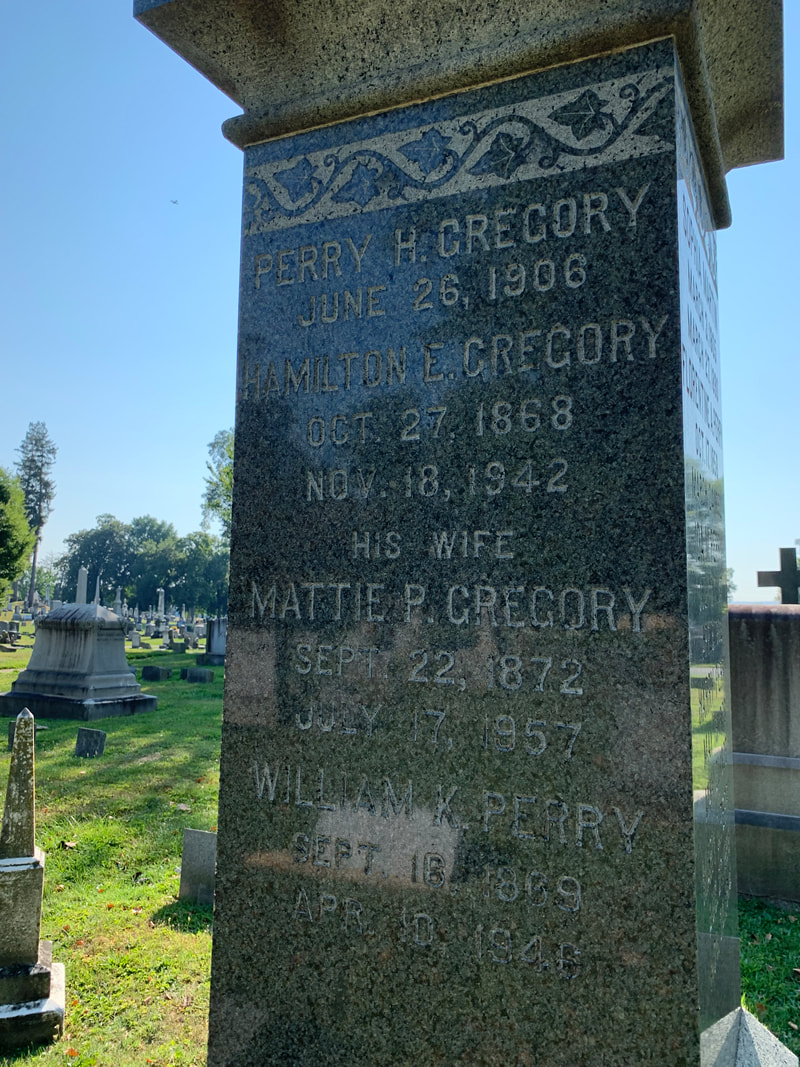
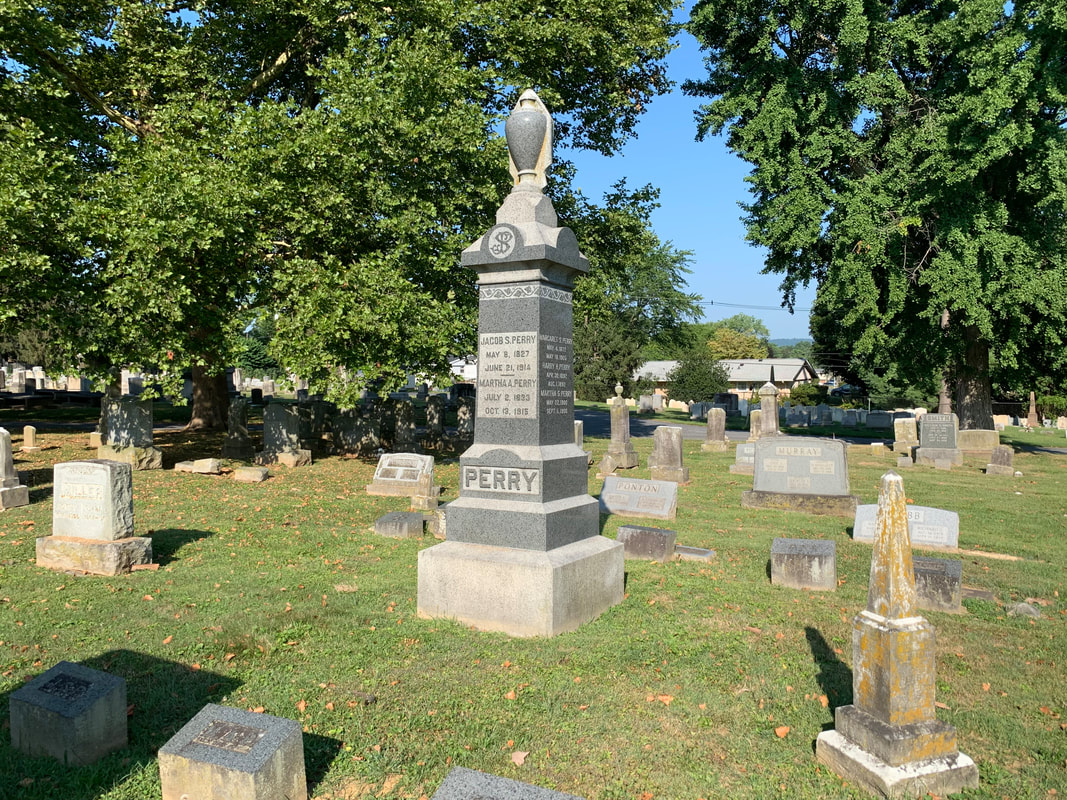

 RSS Feed
RSS Feed